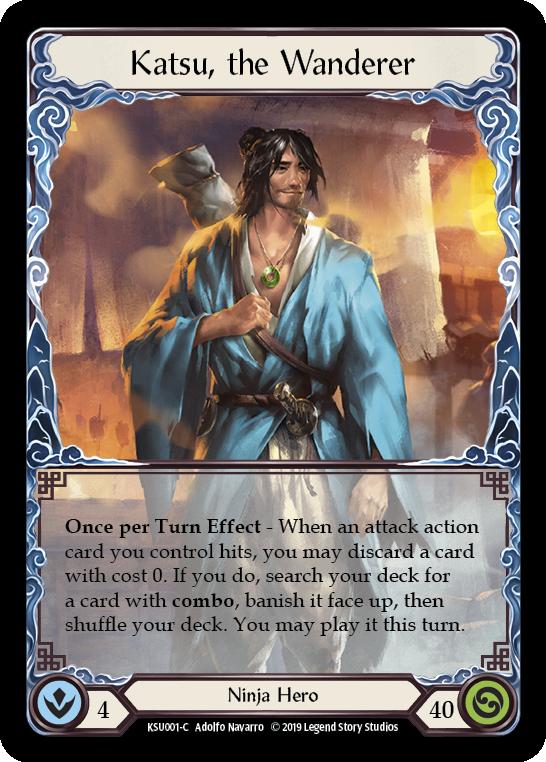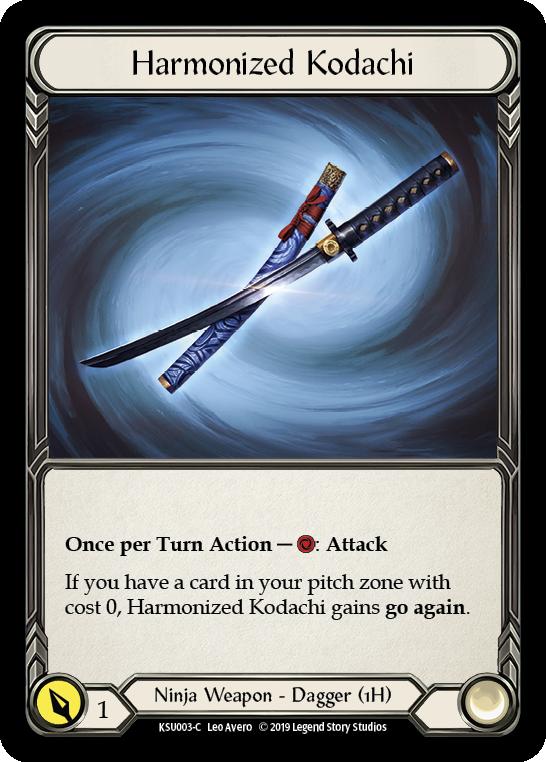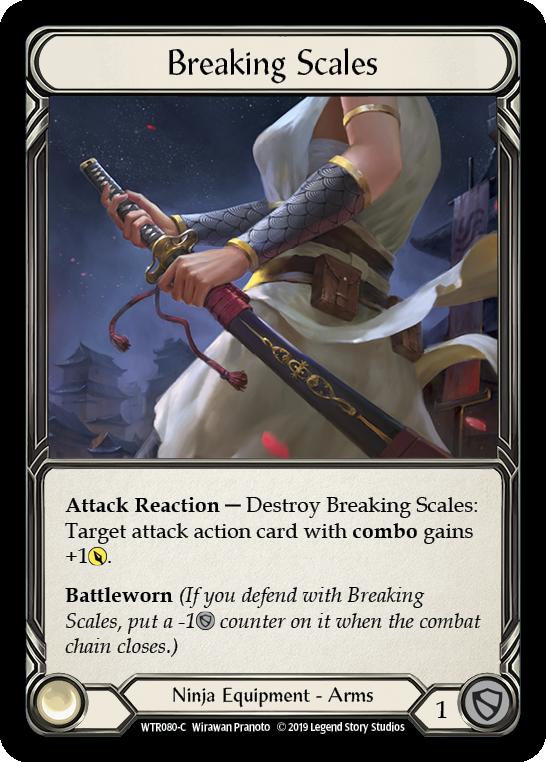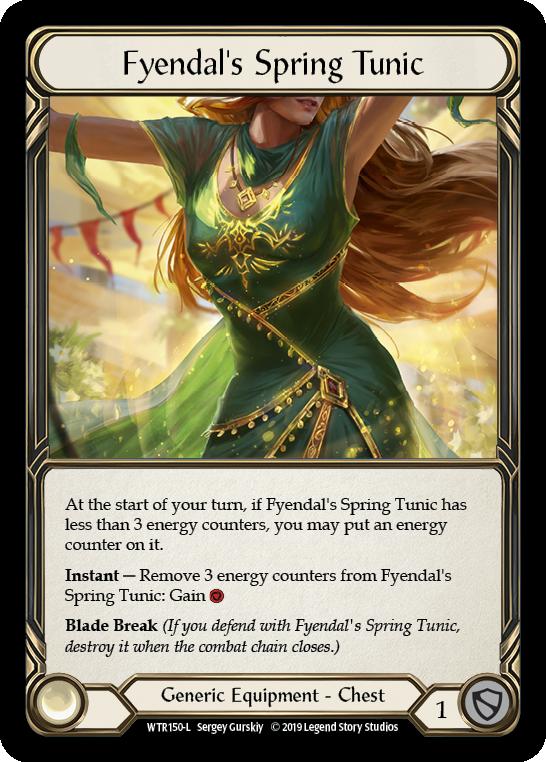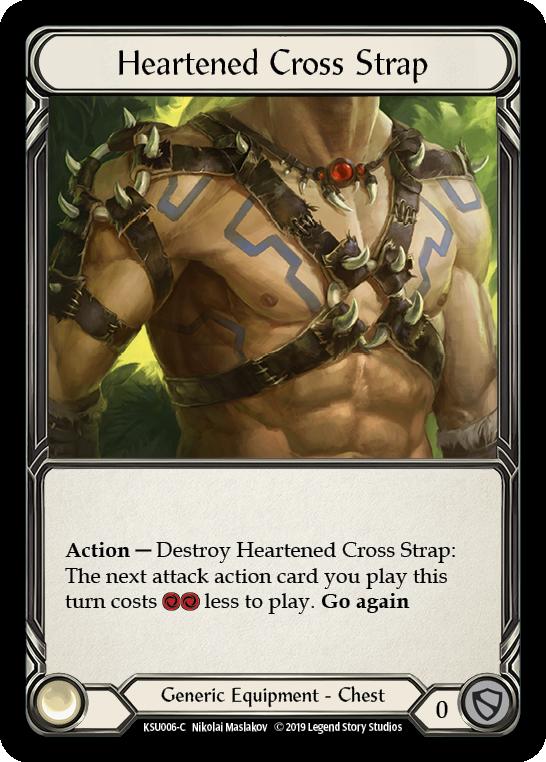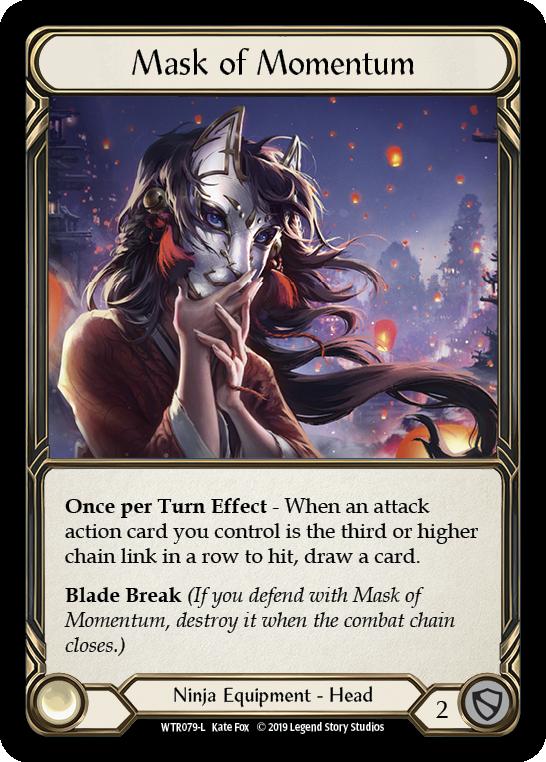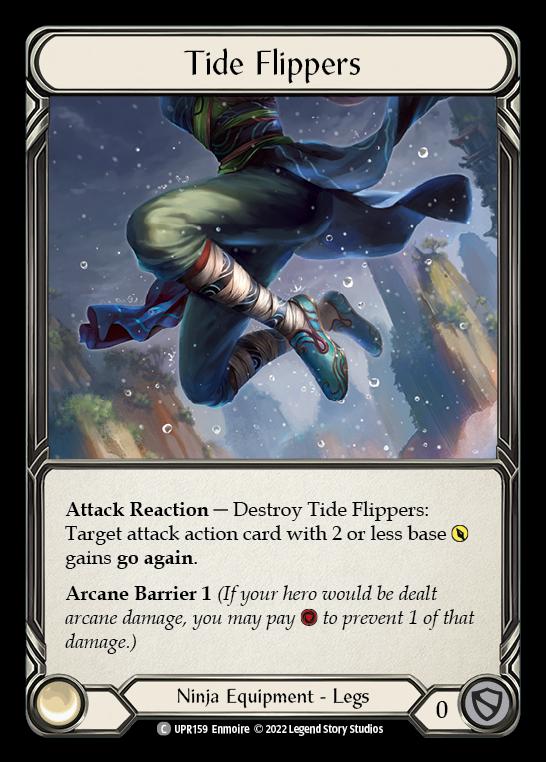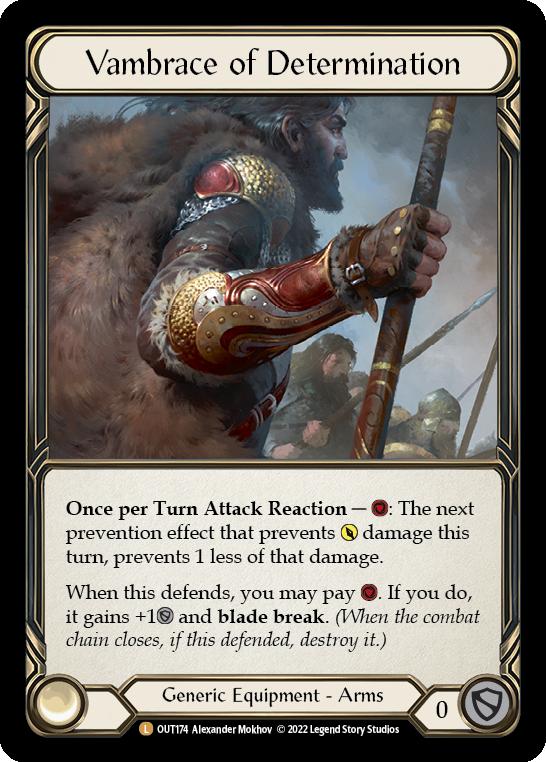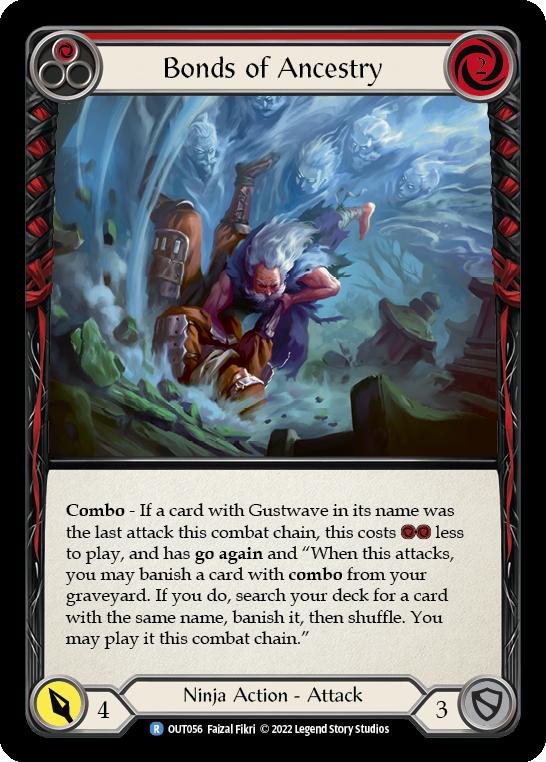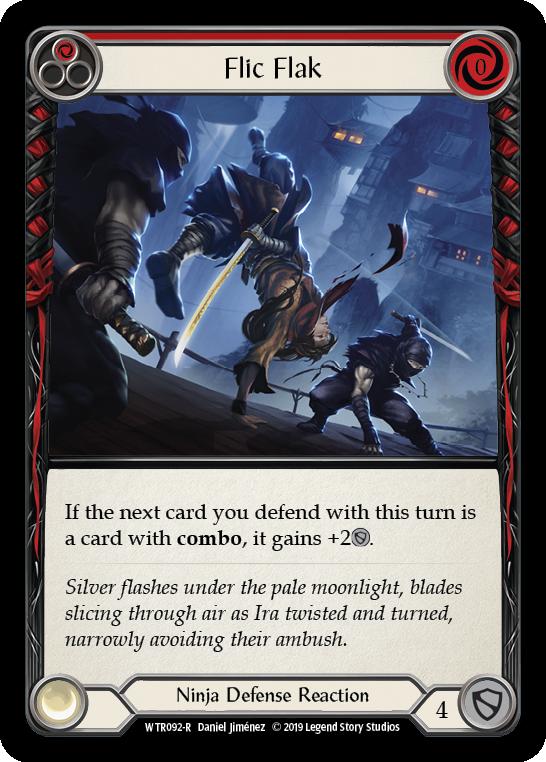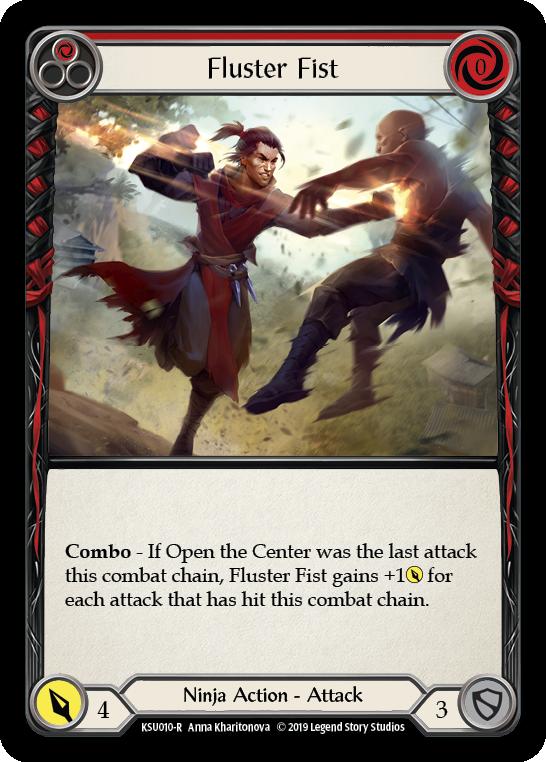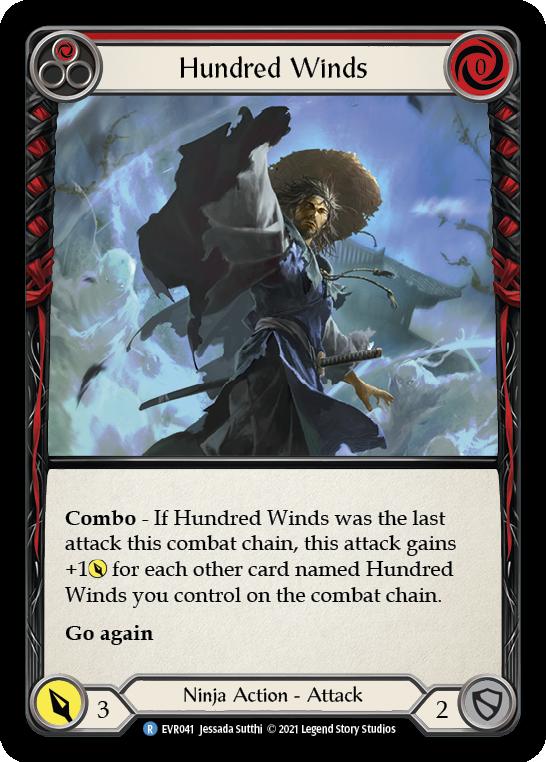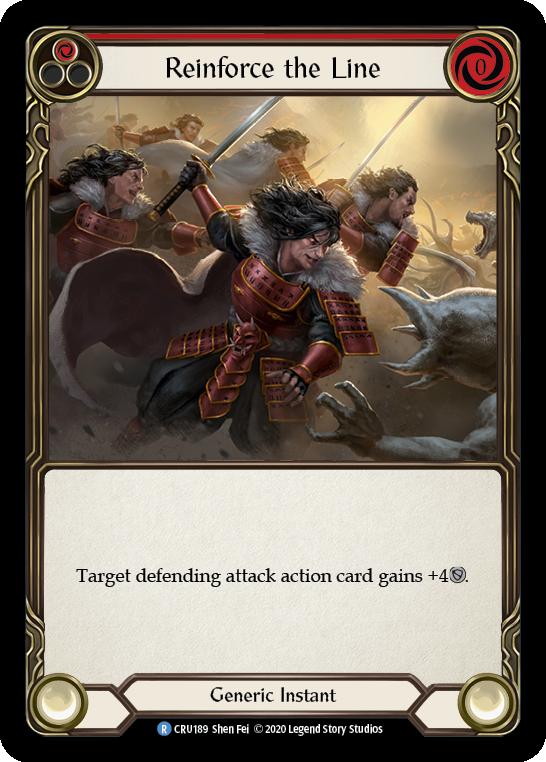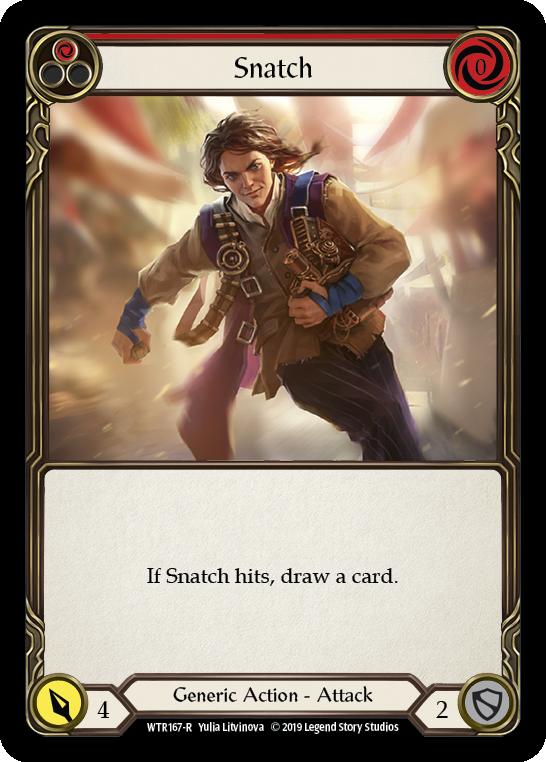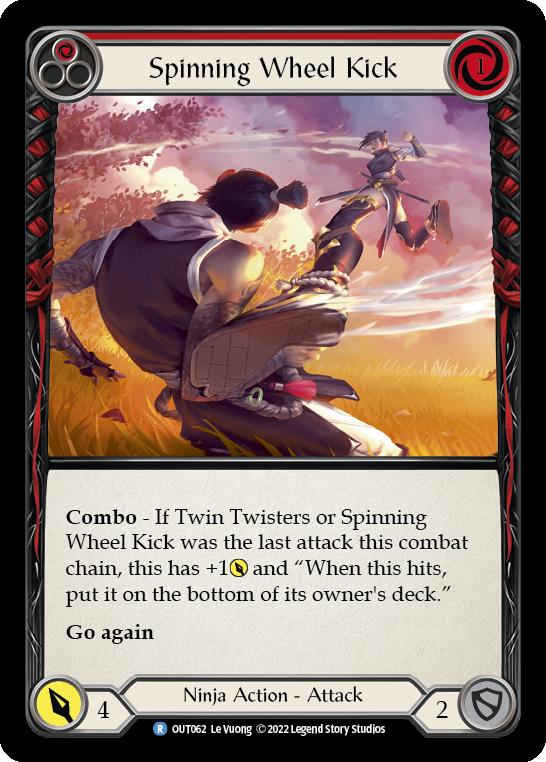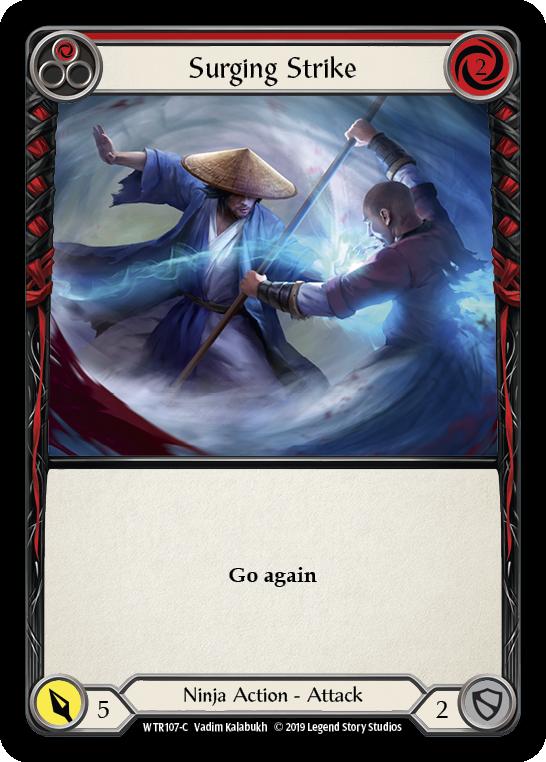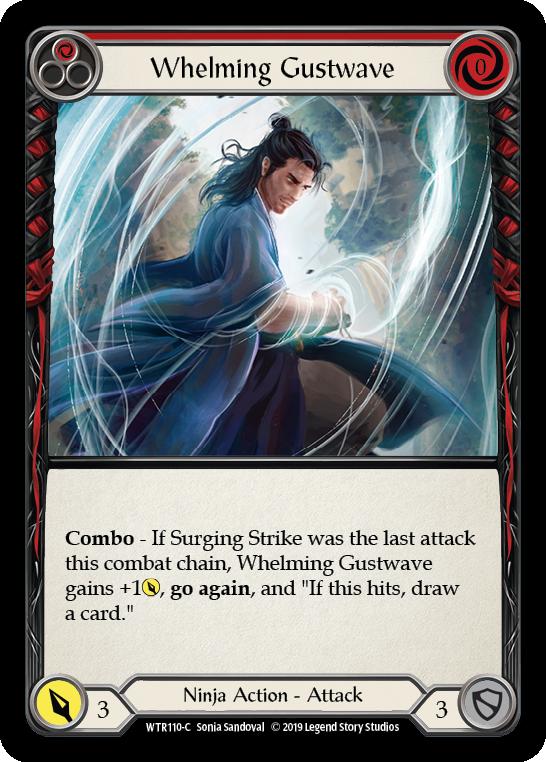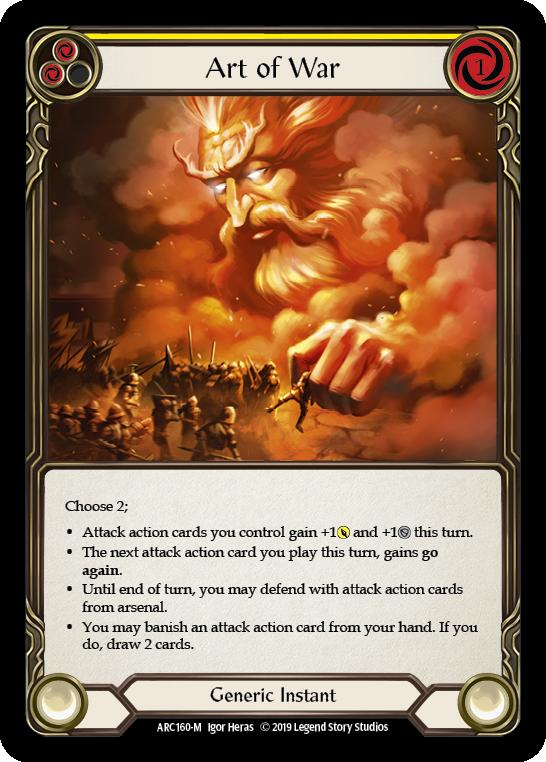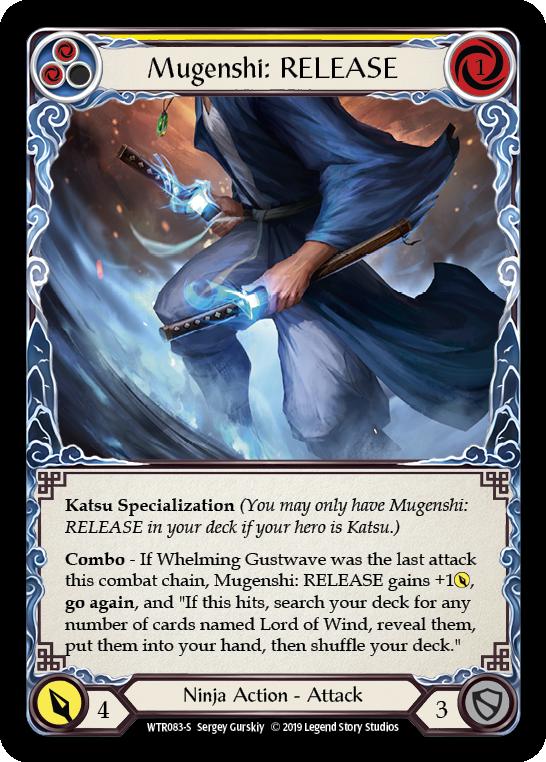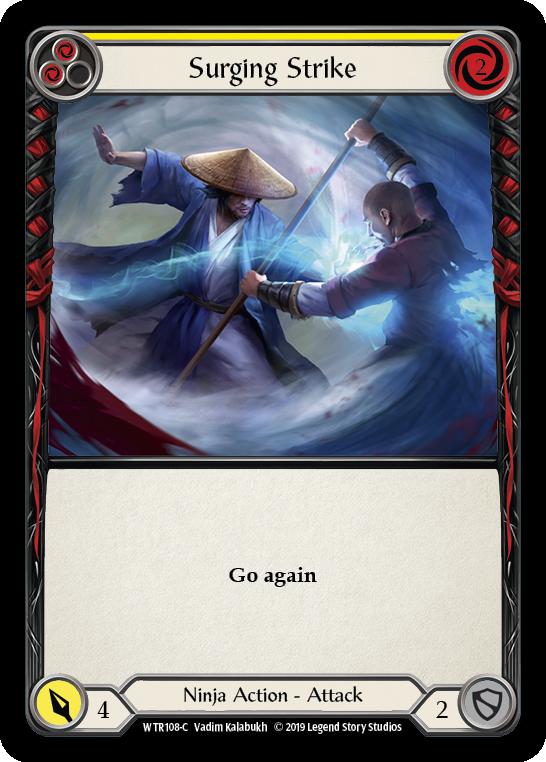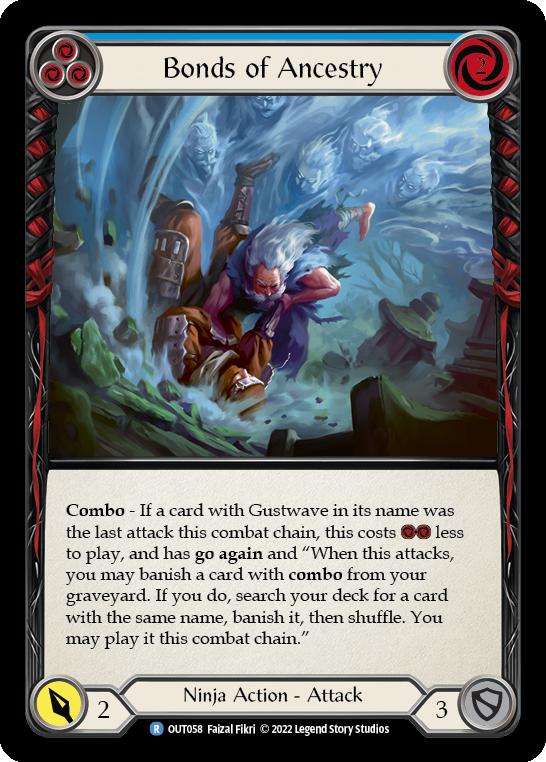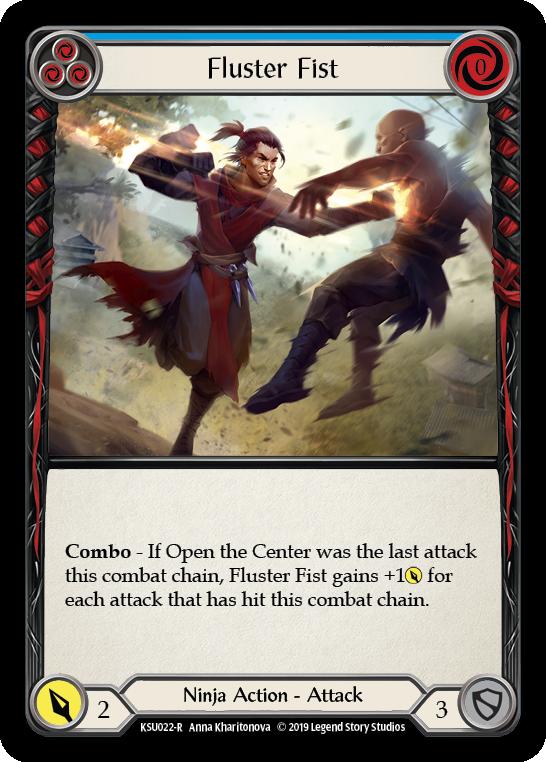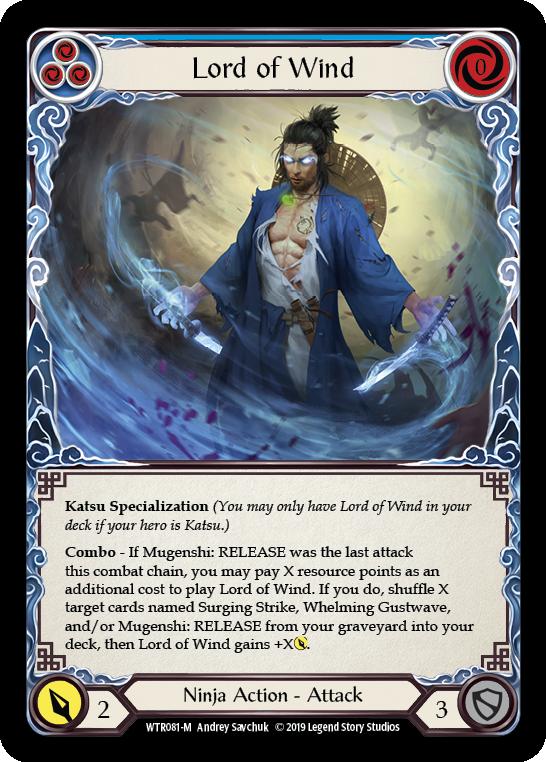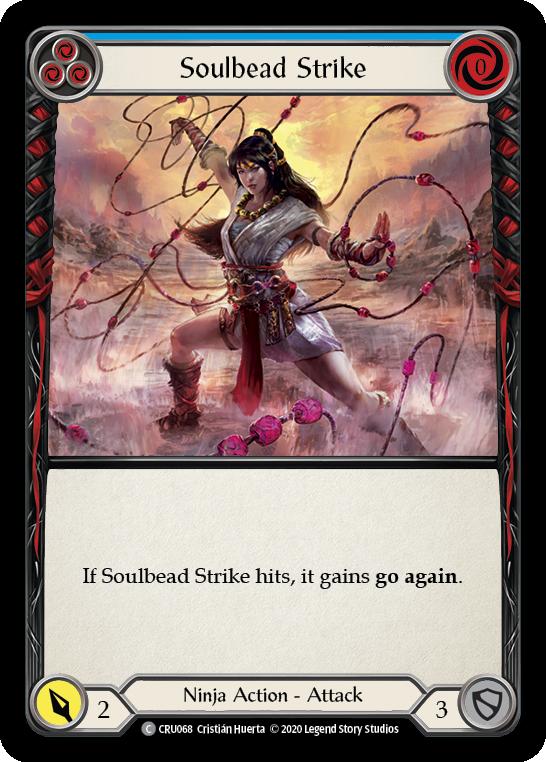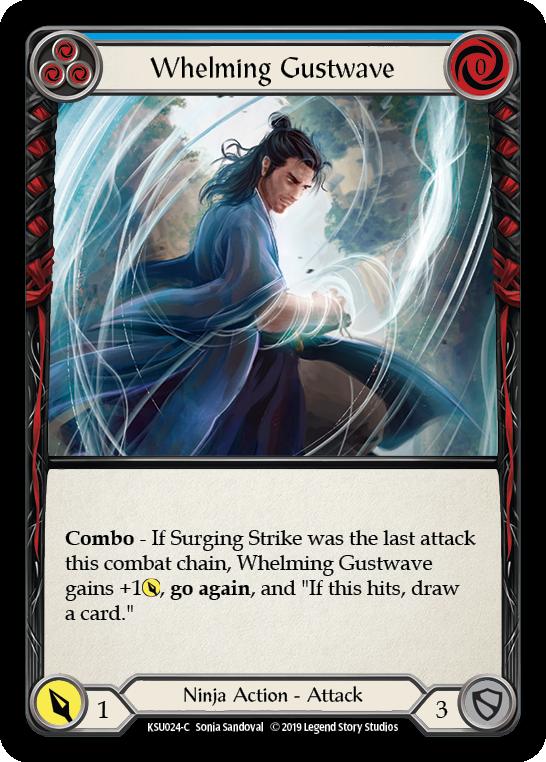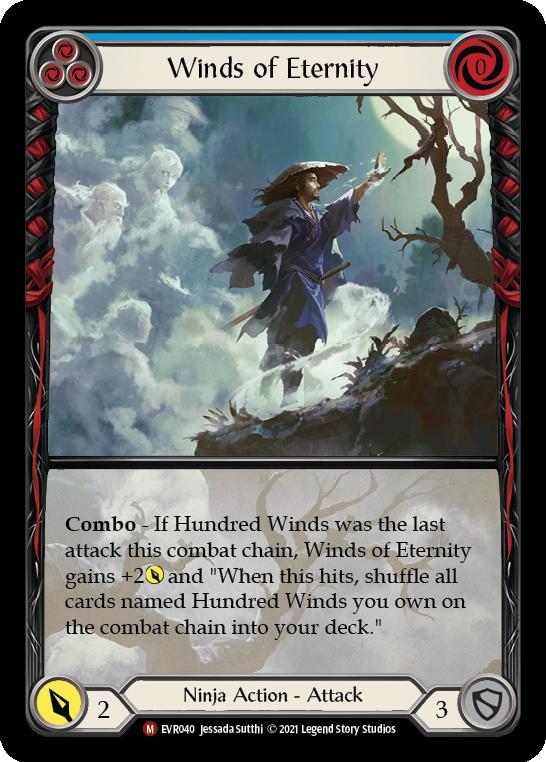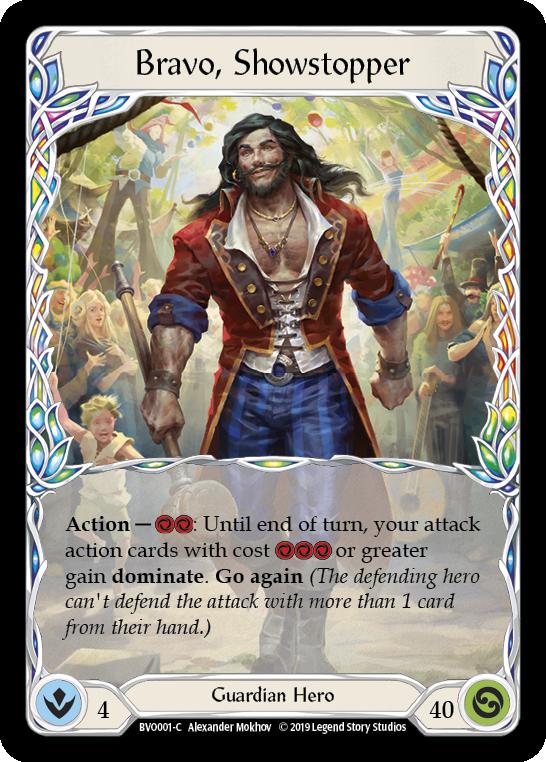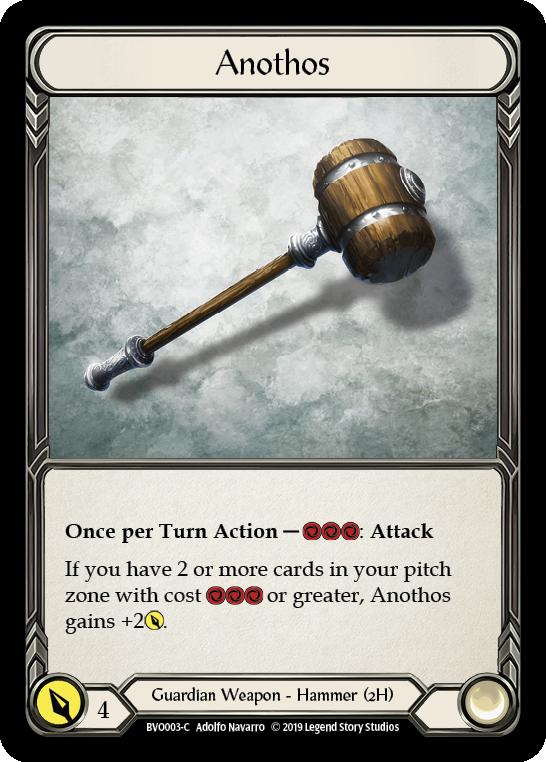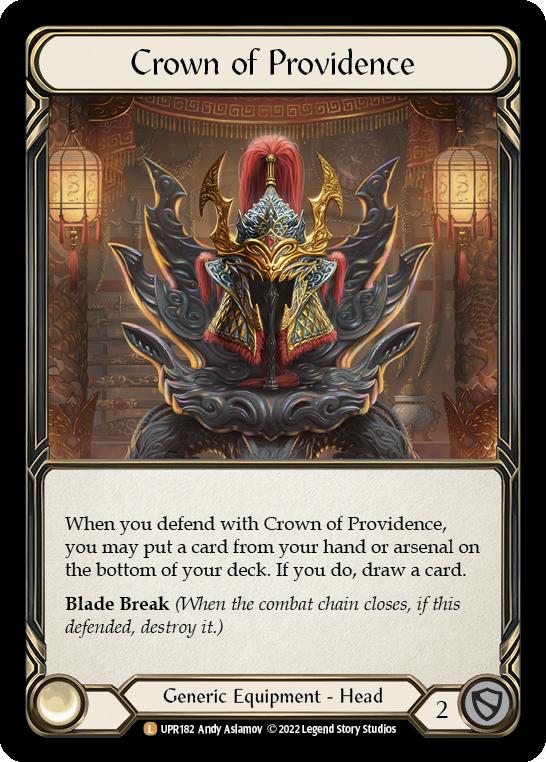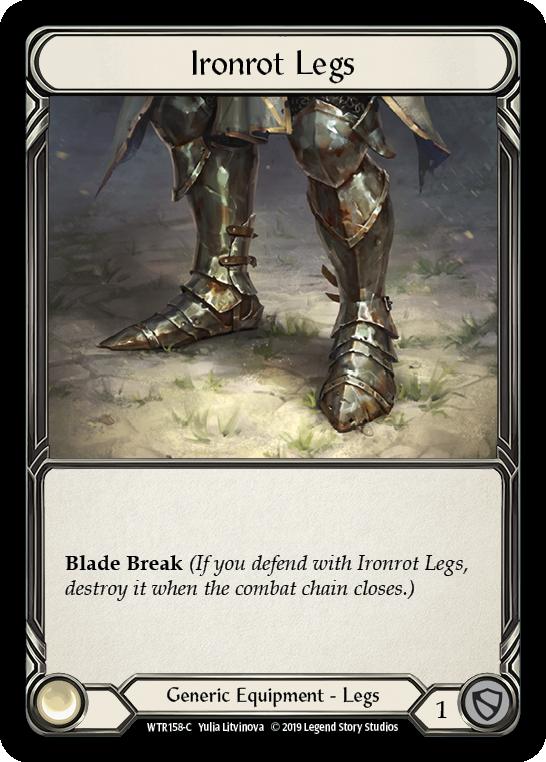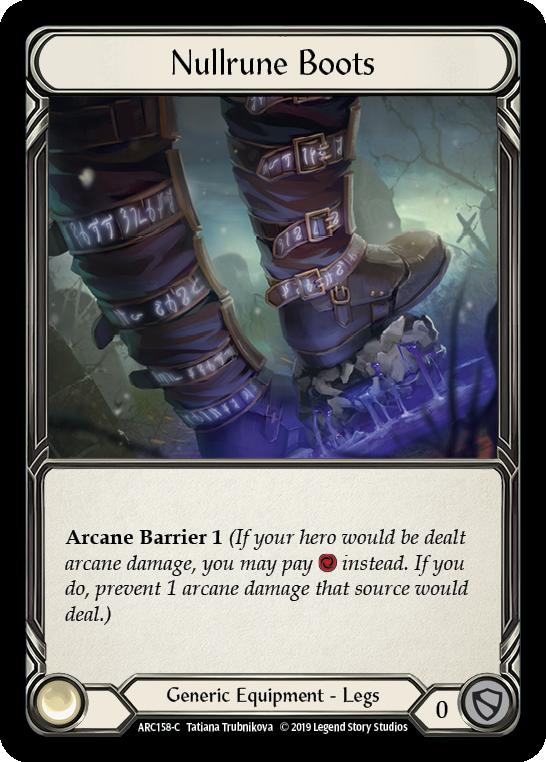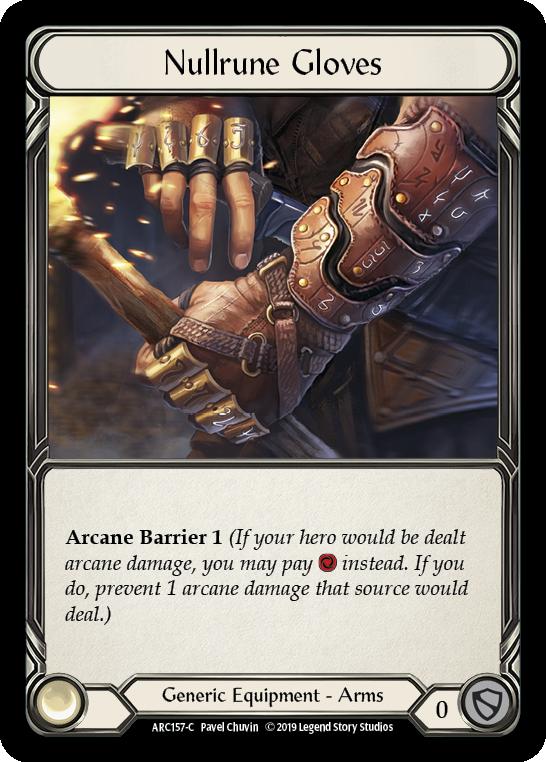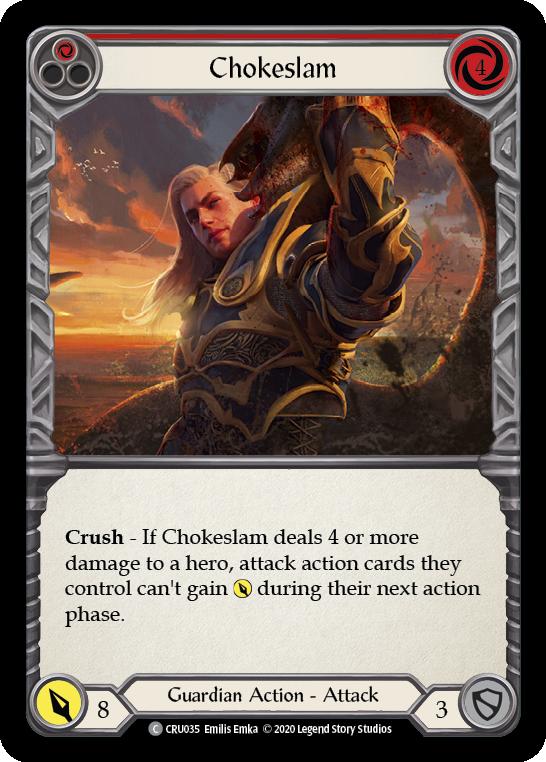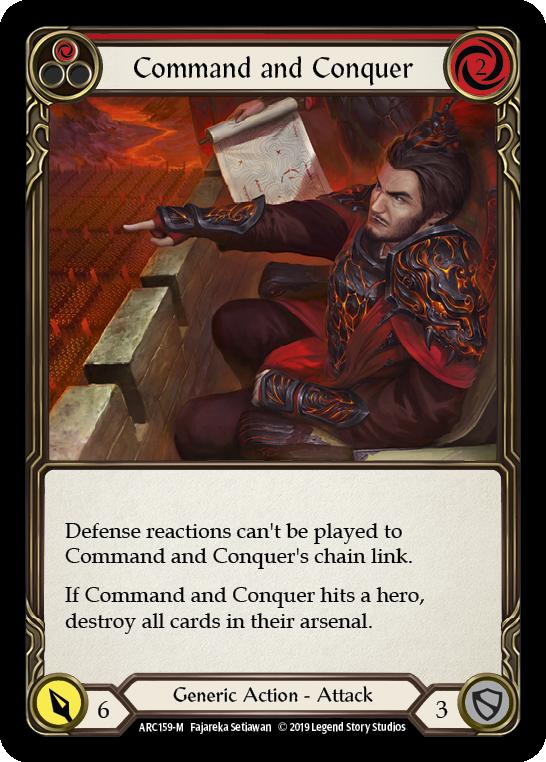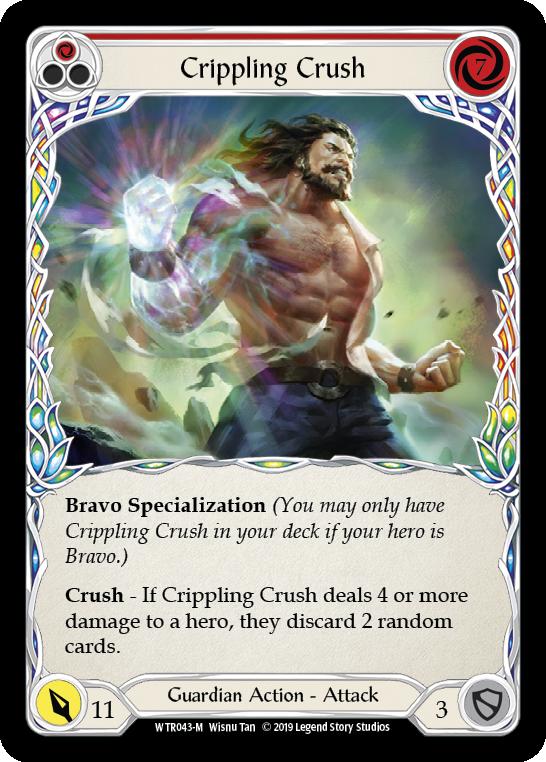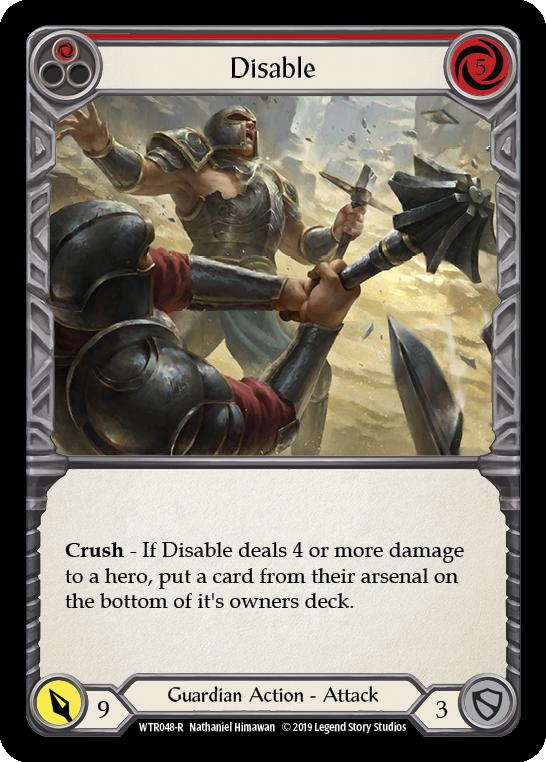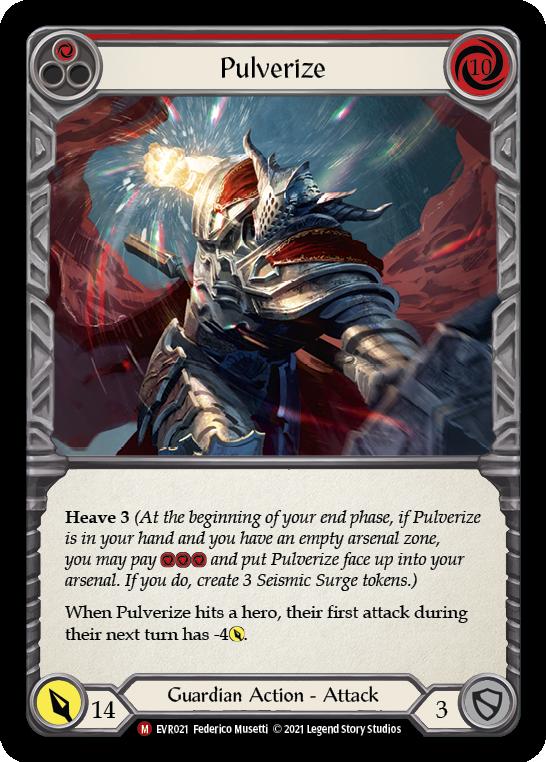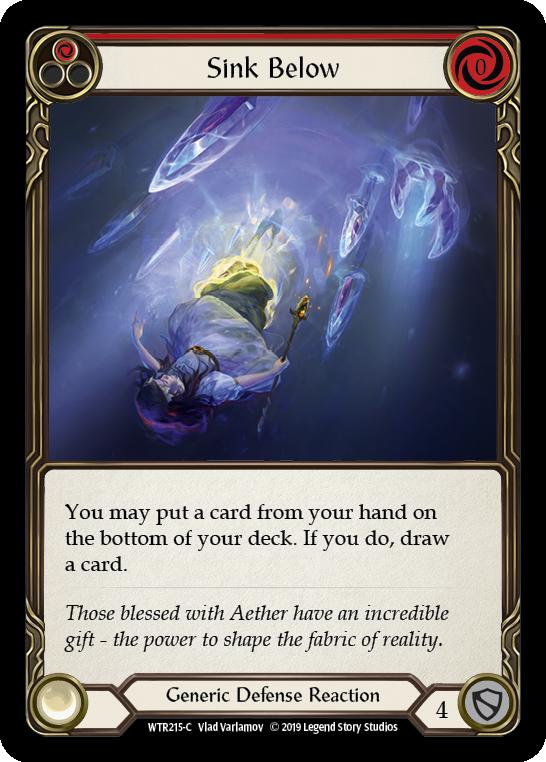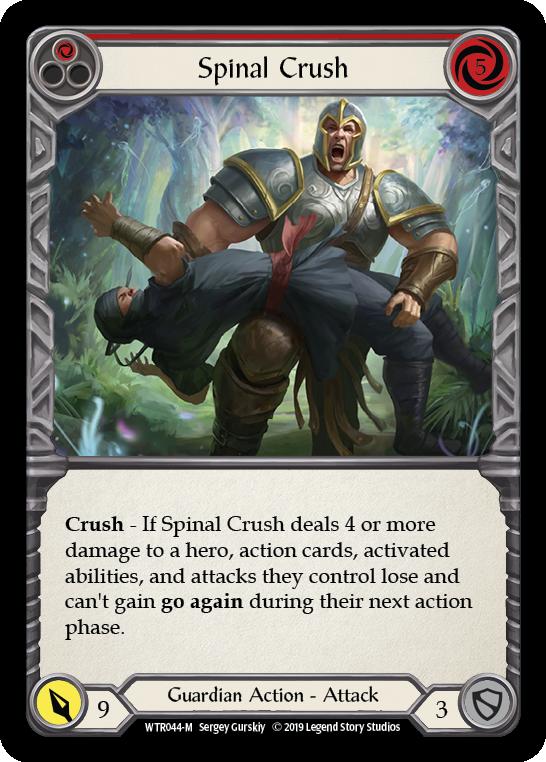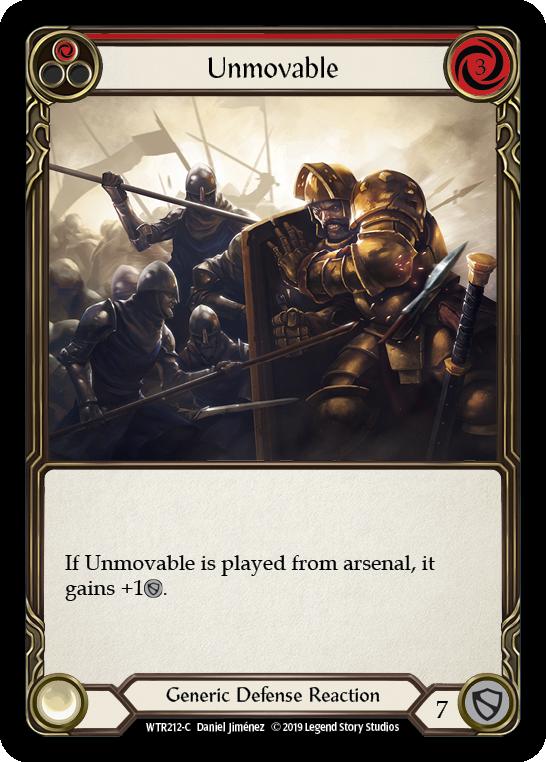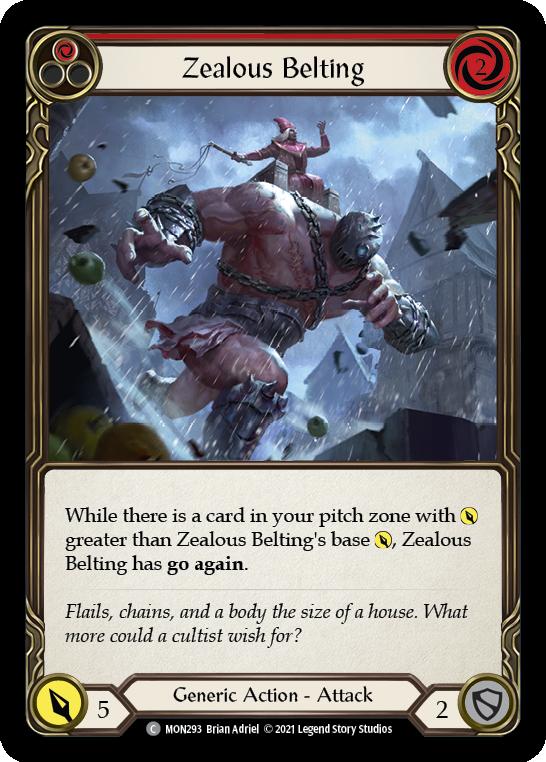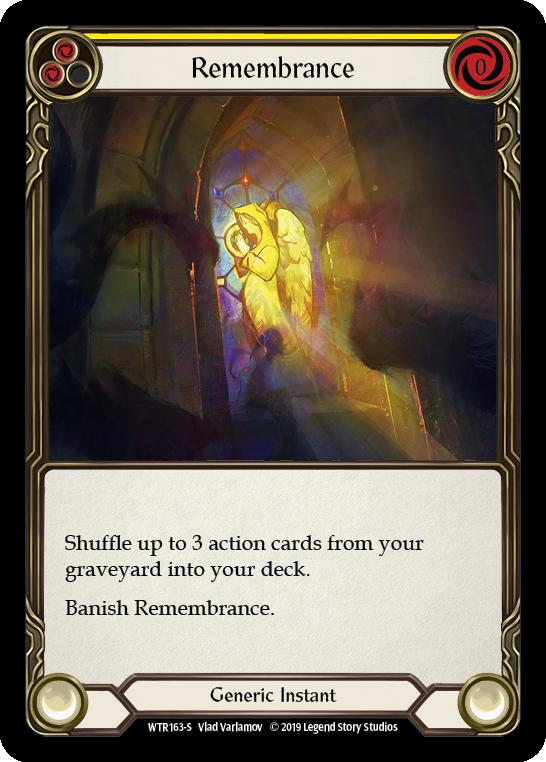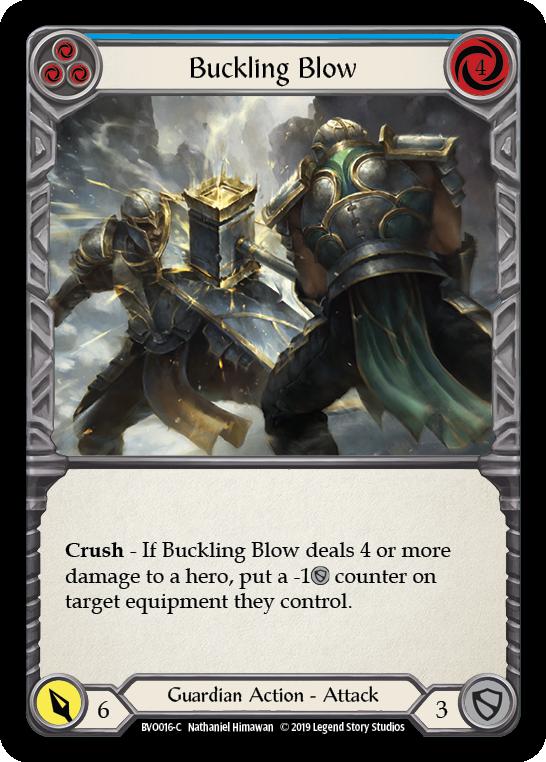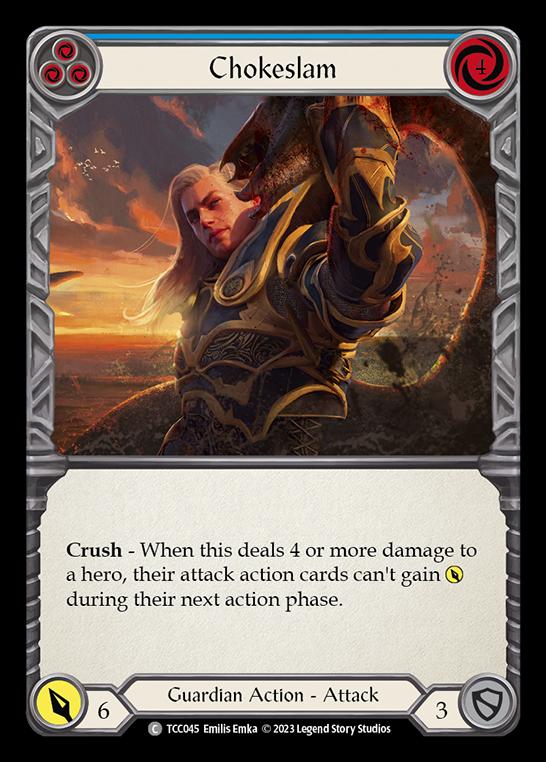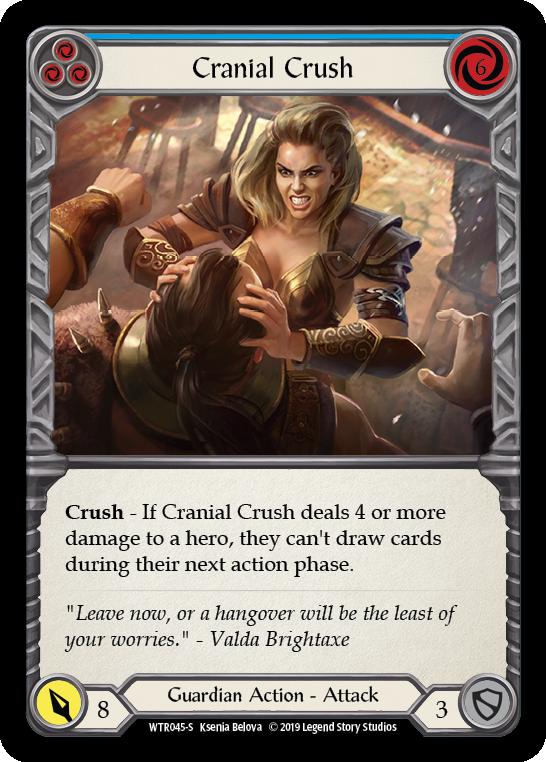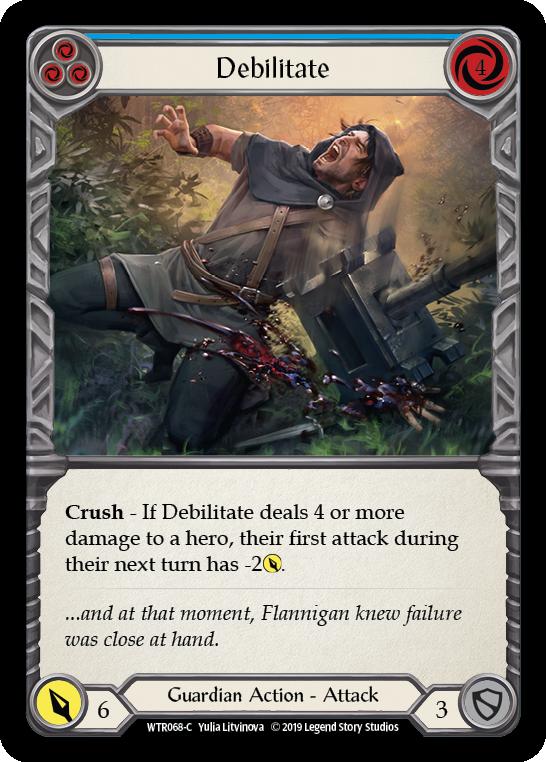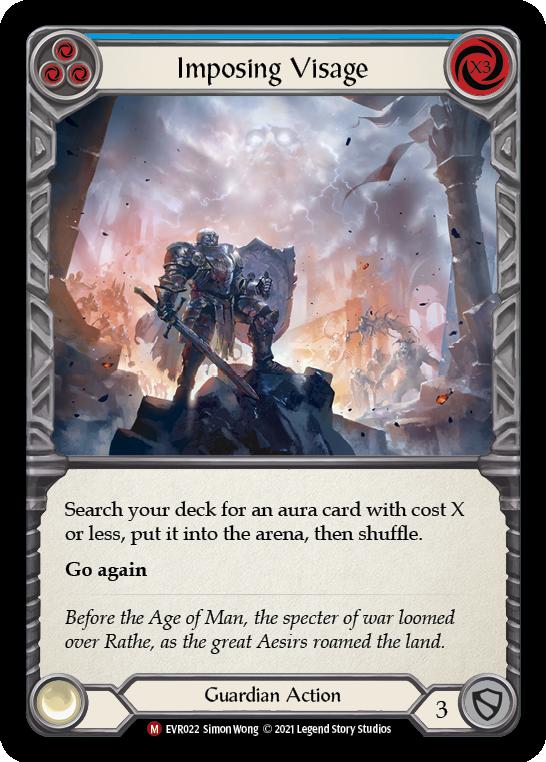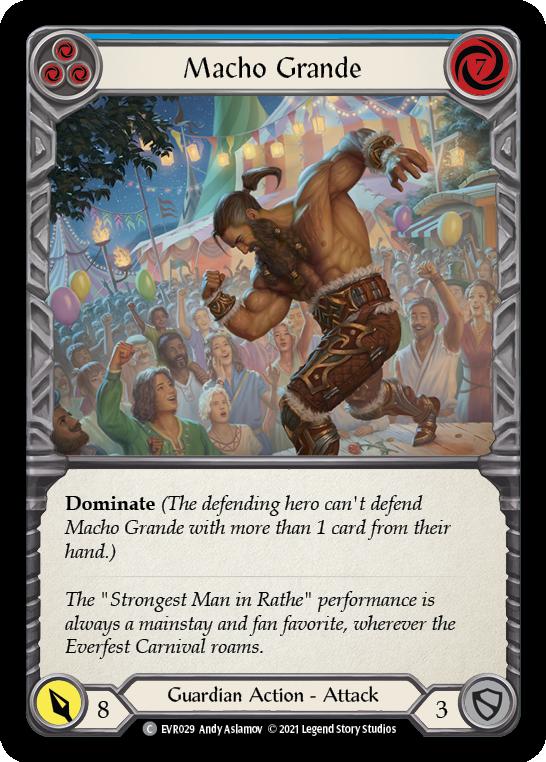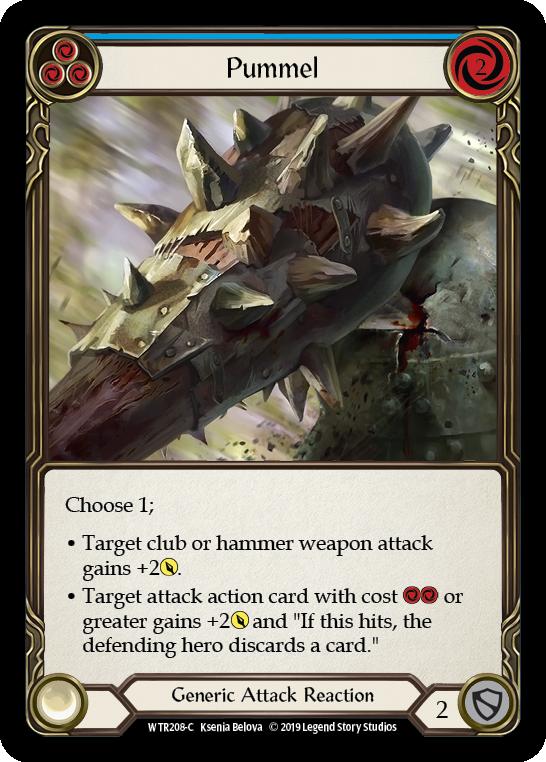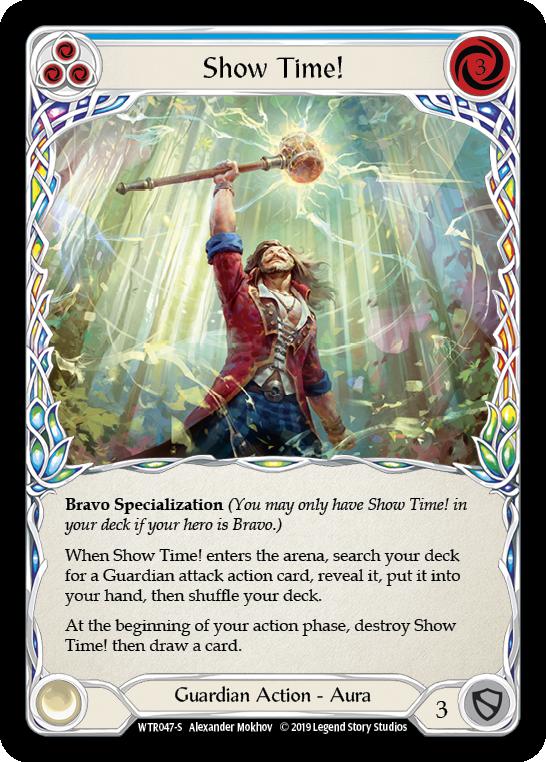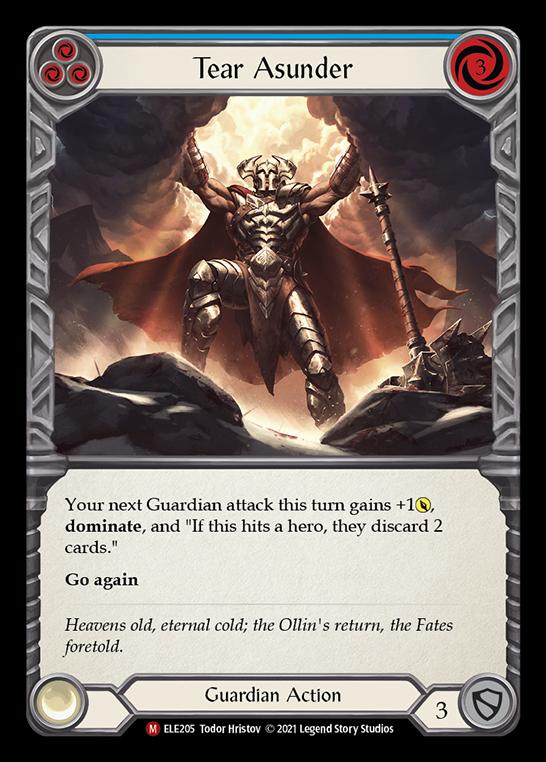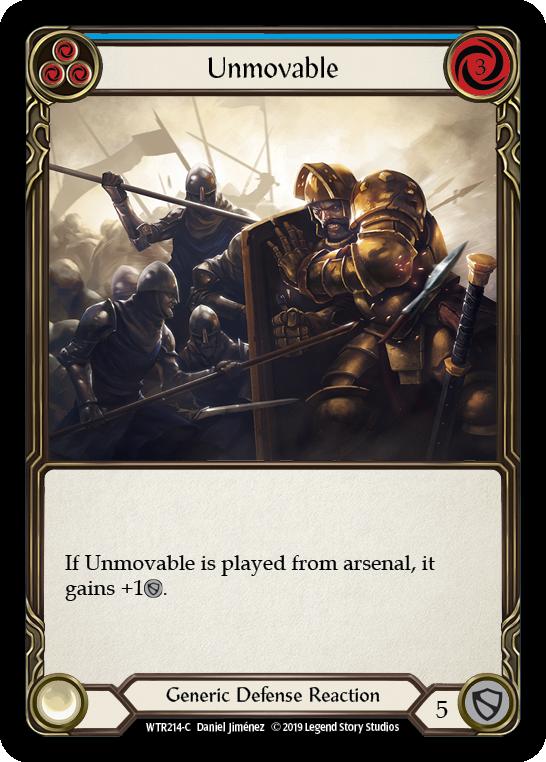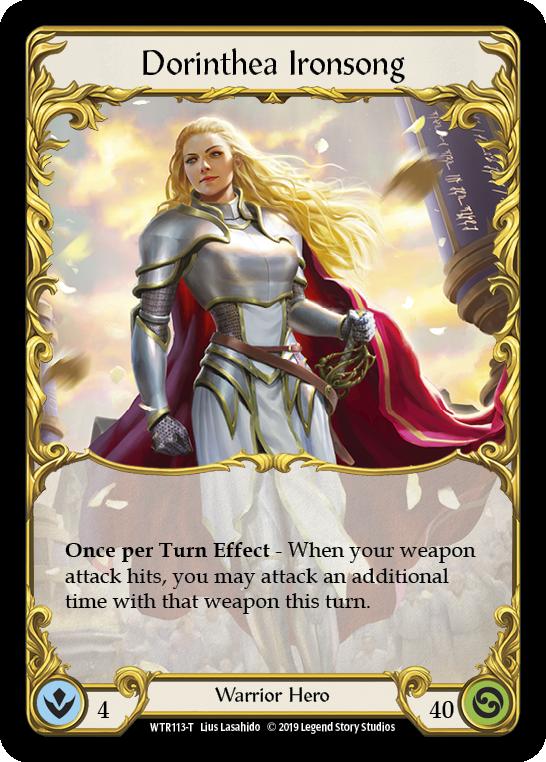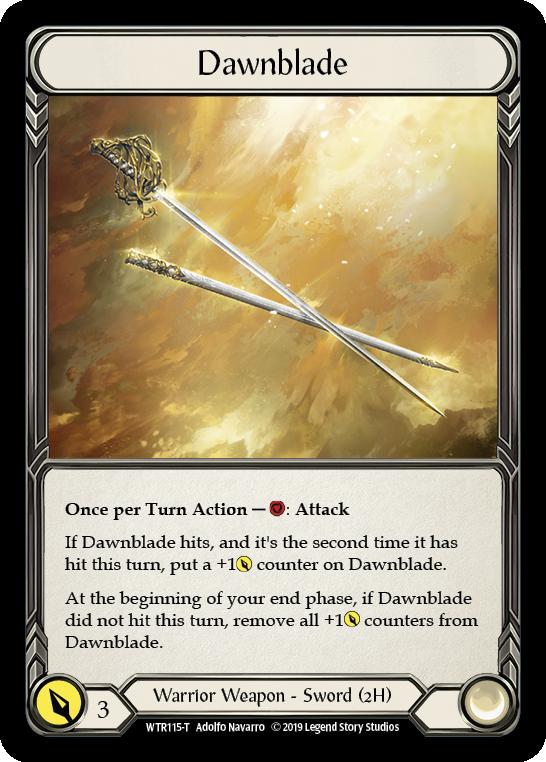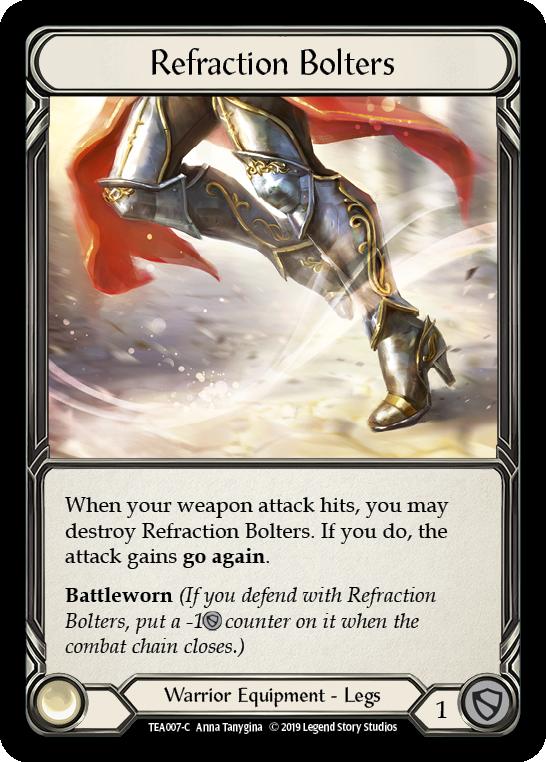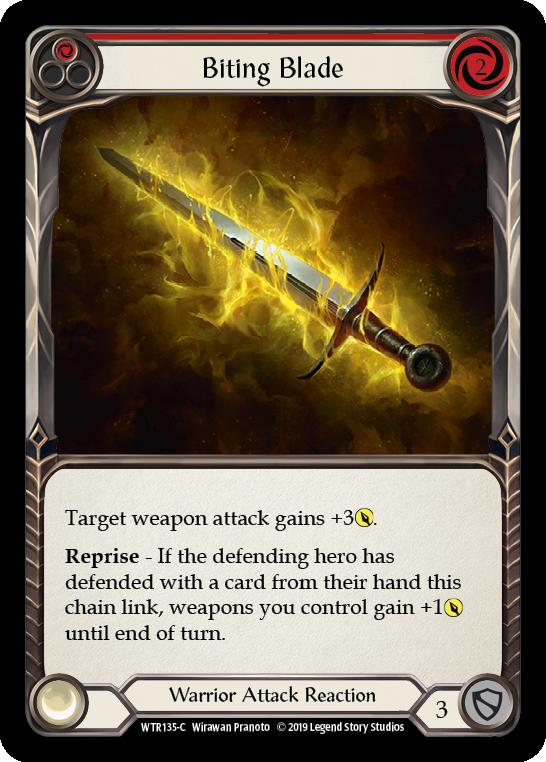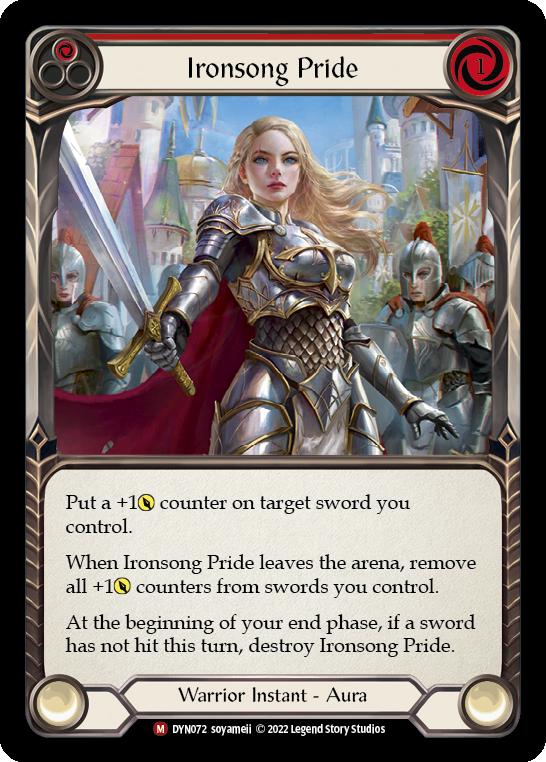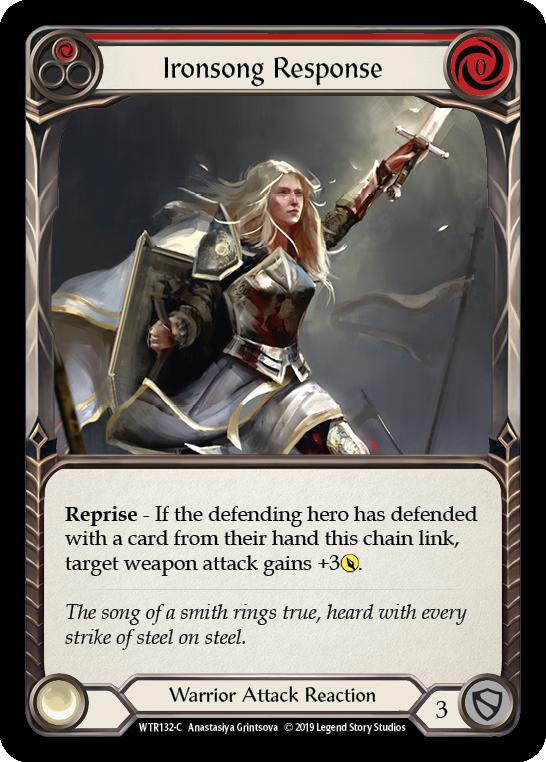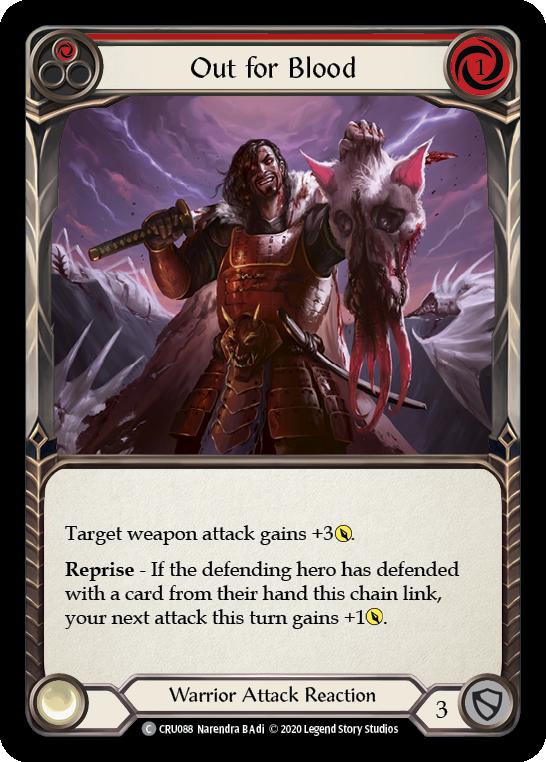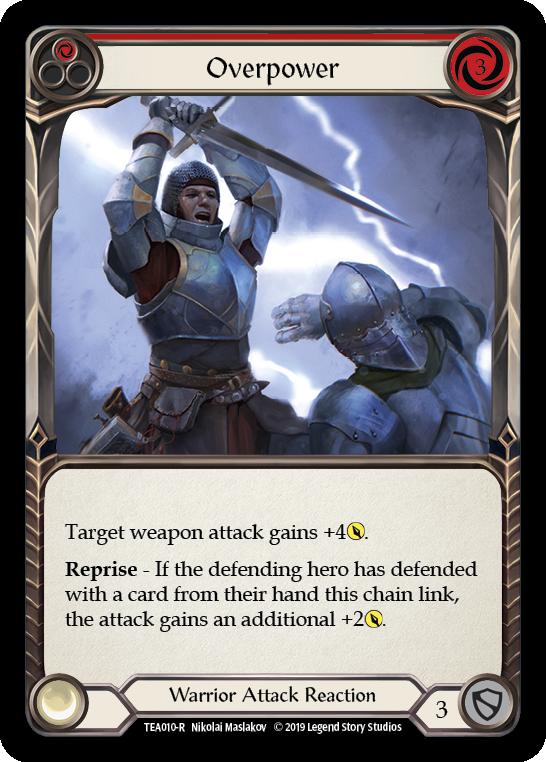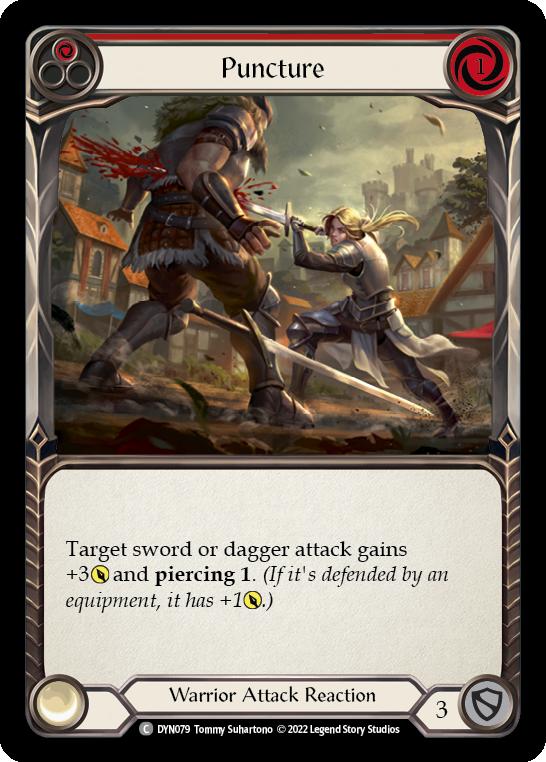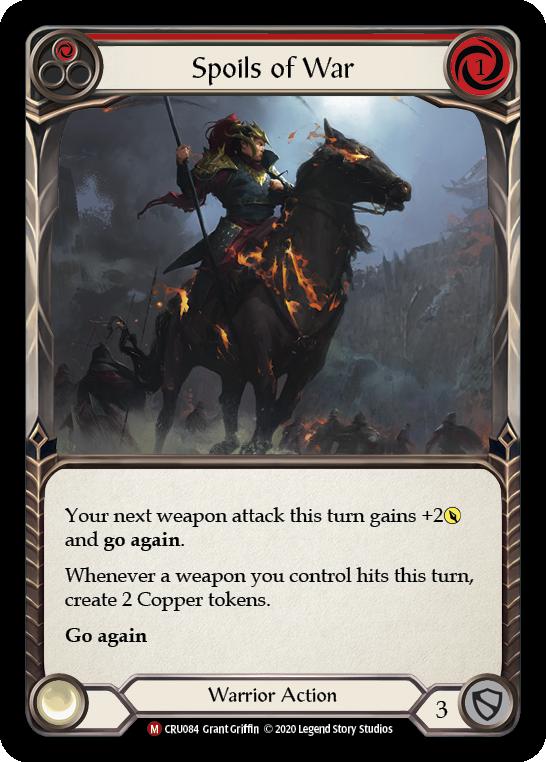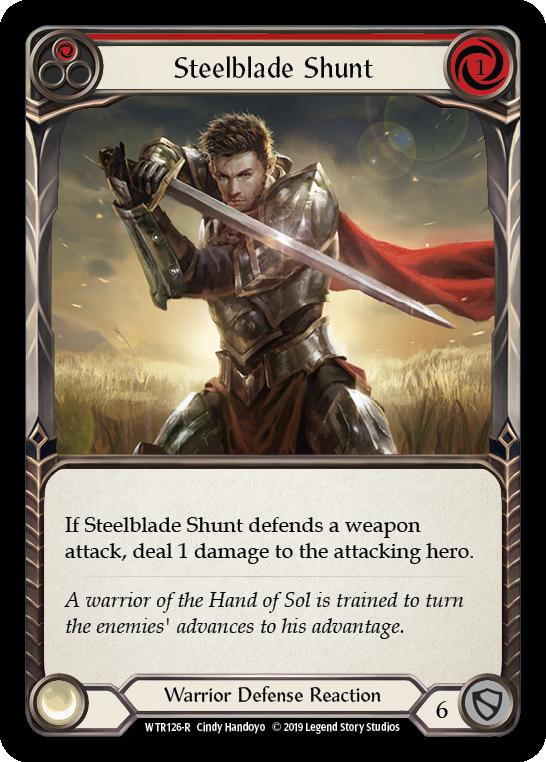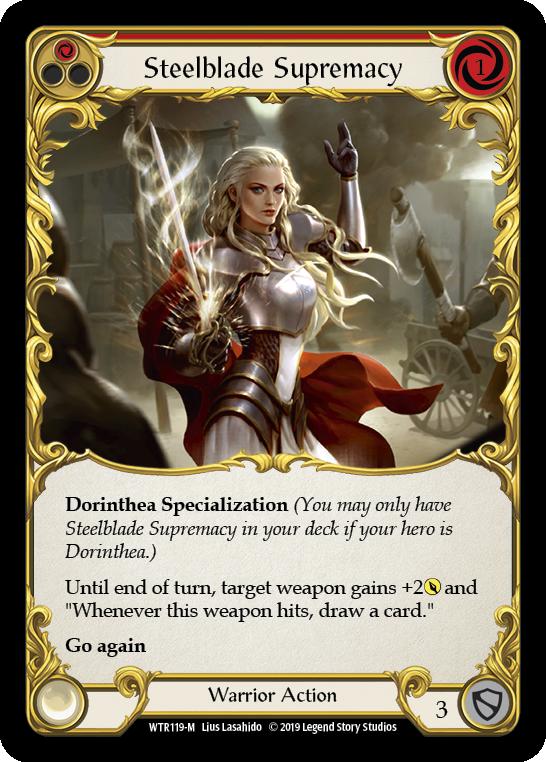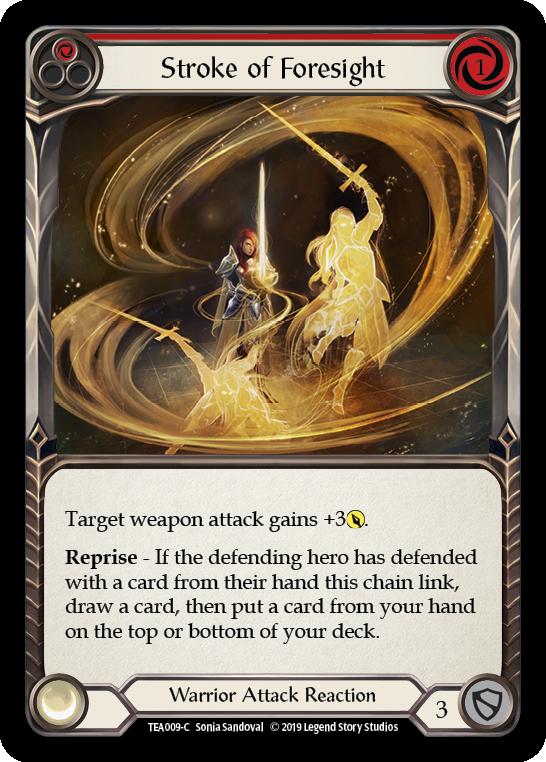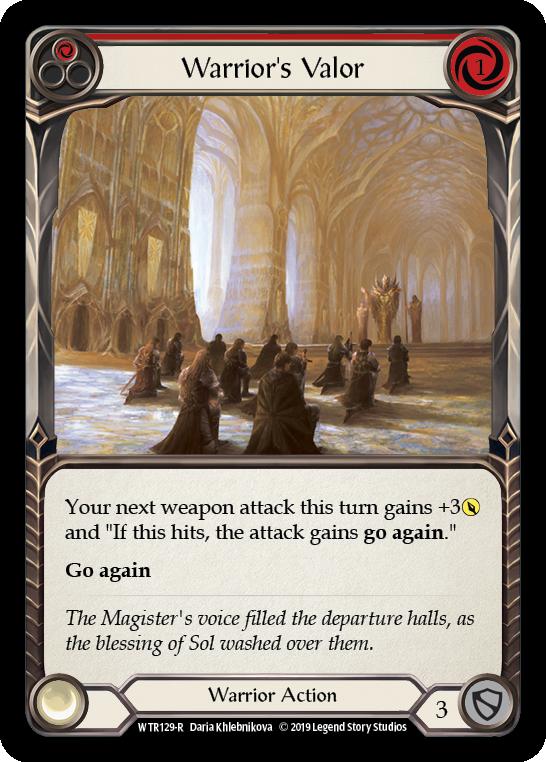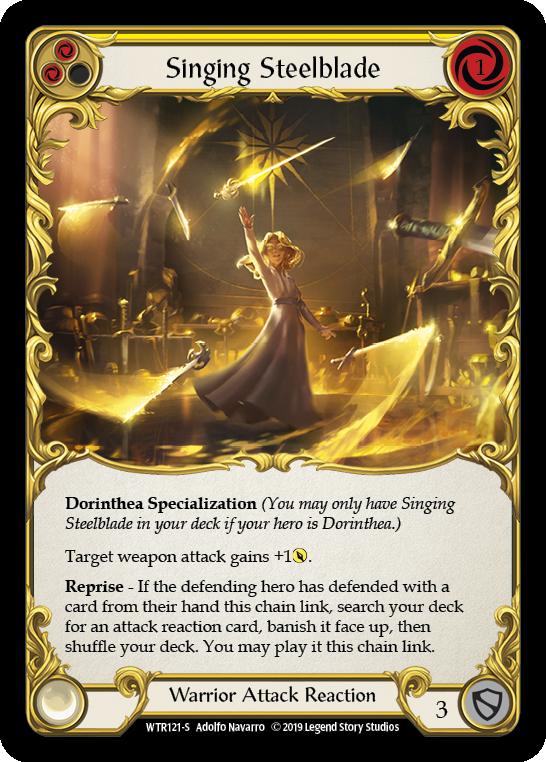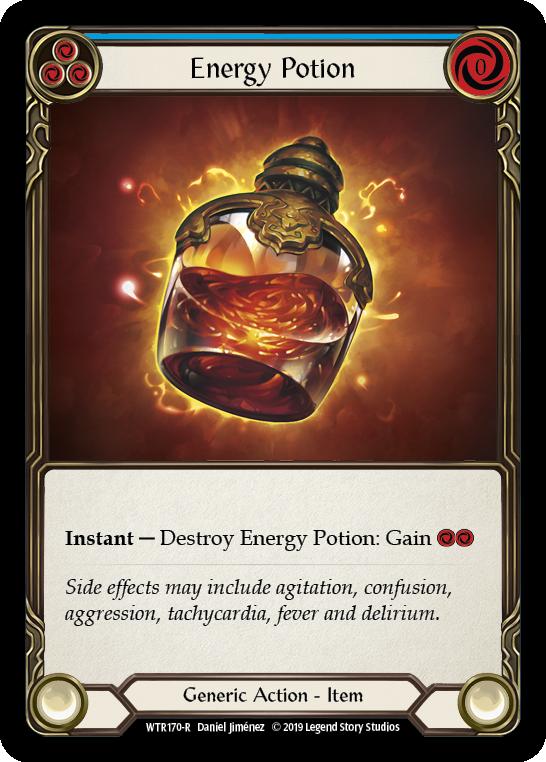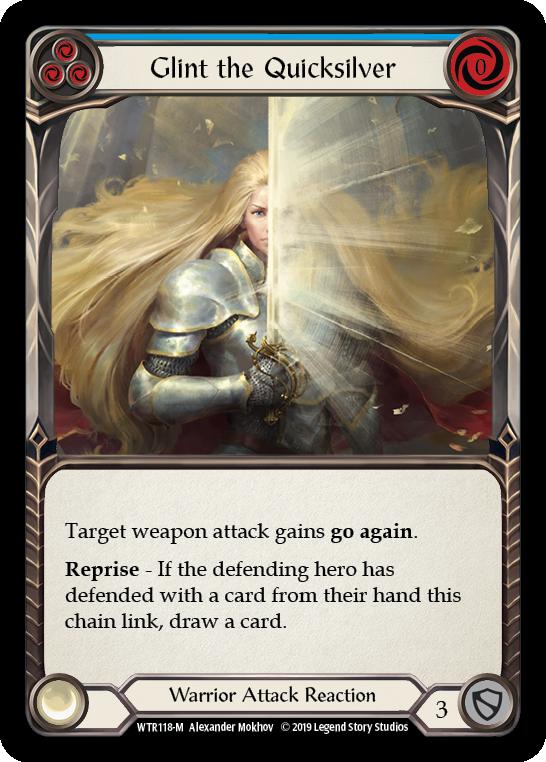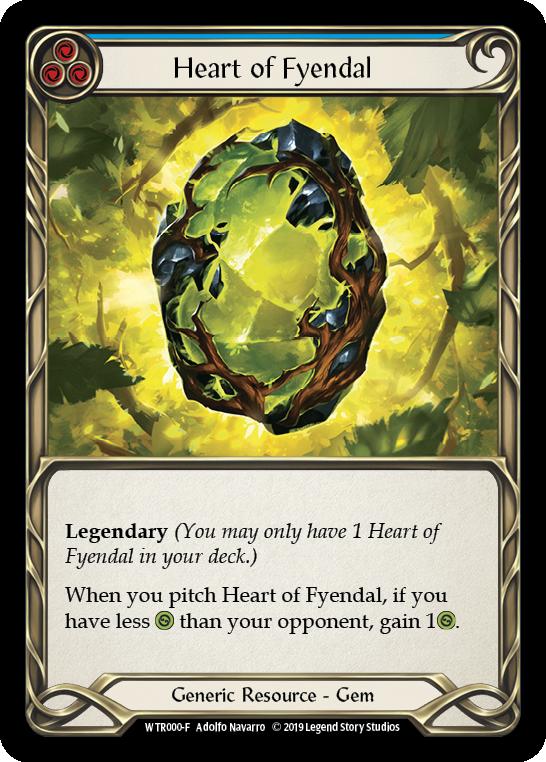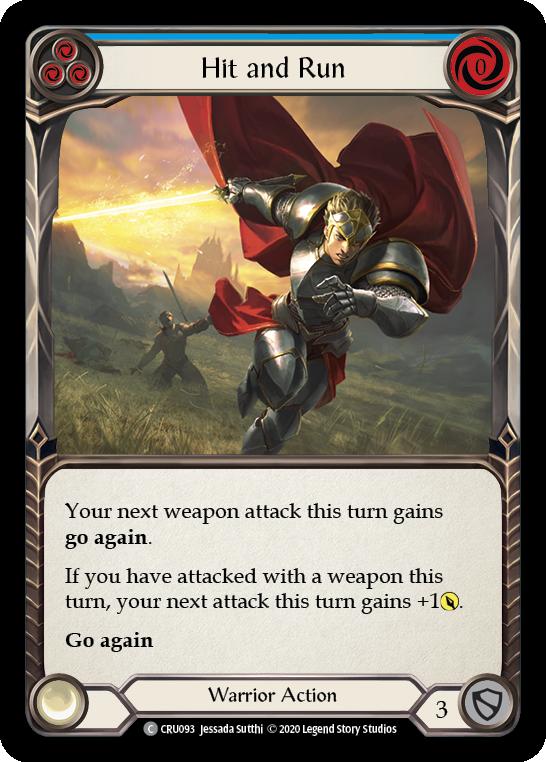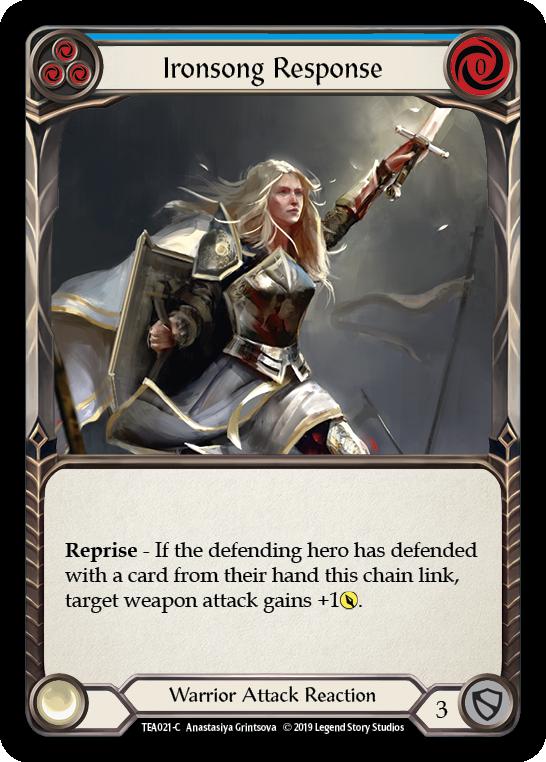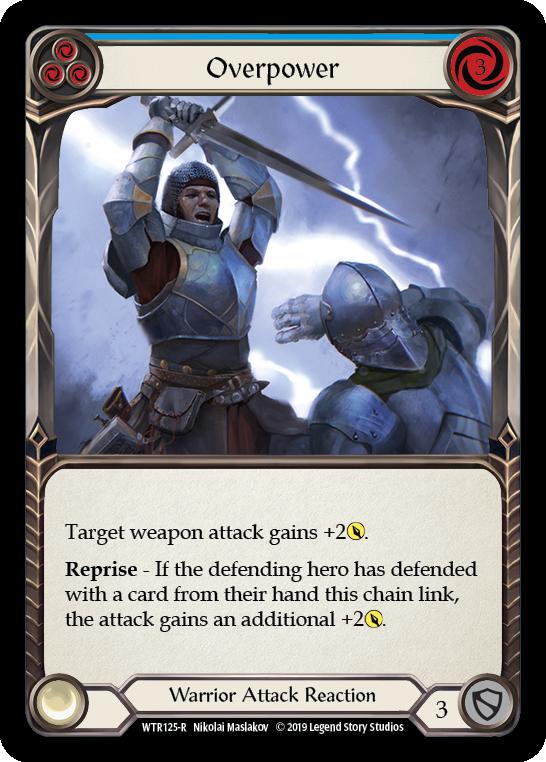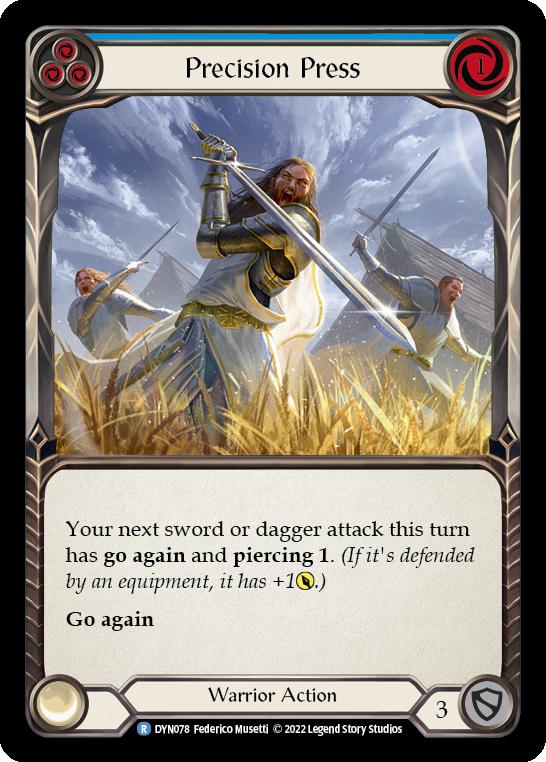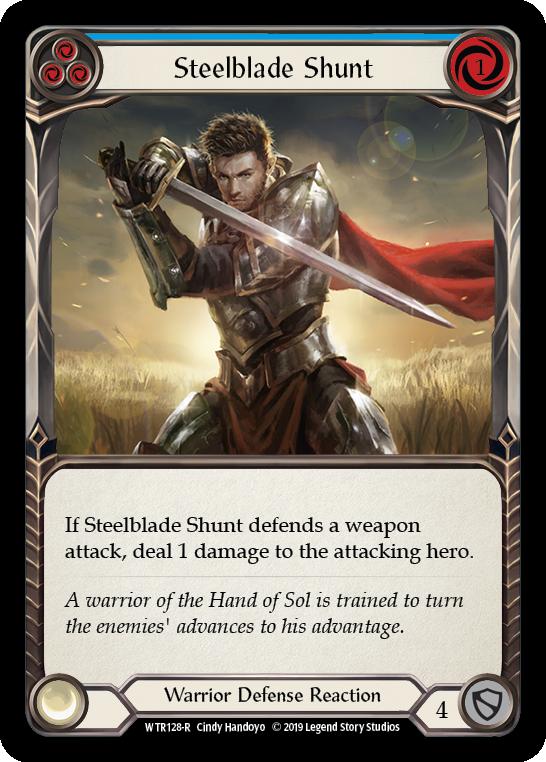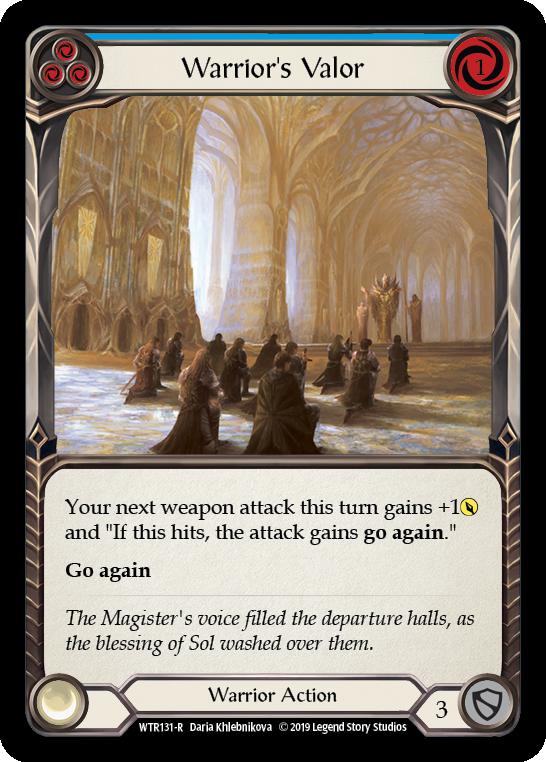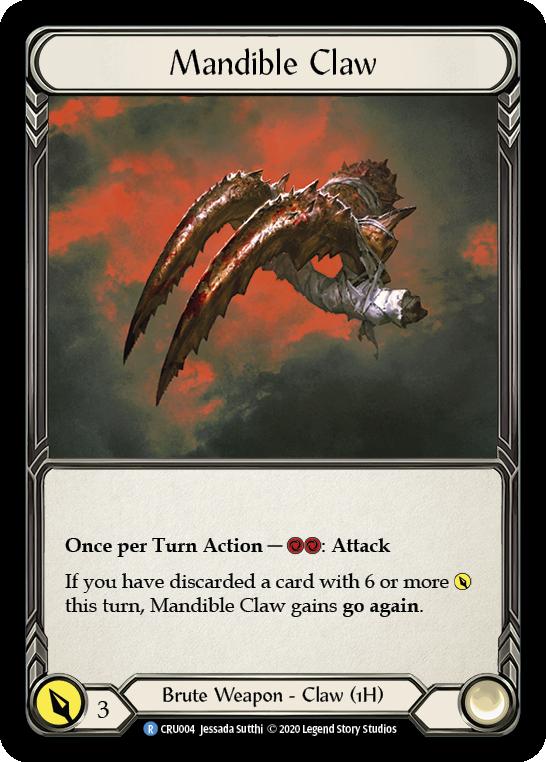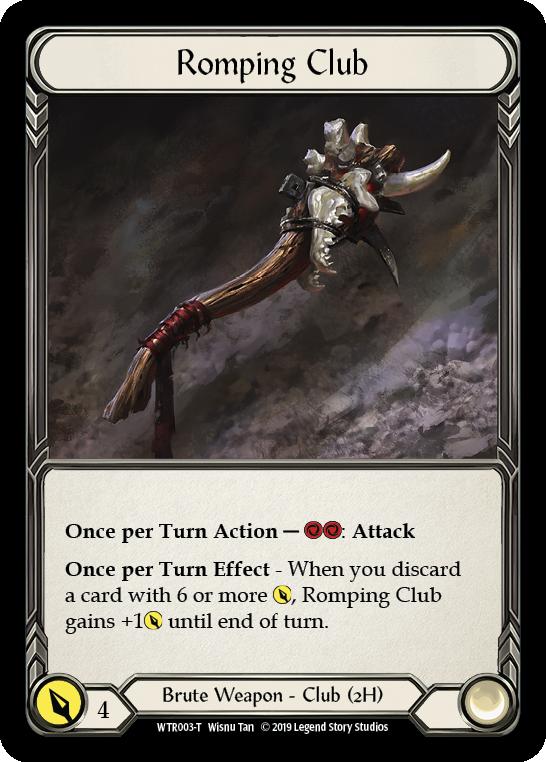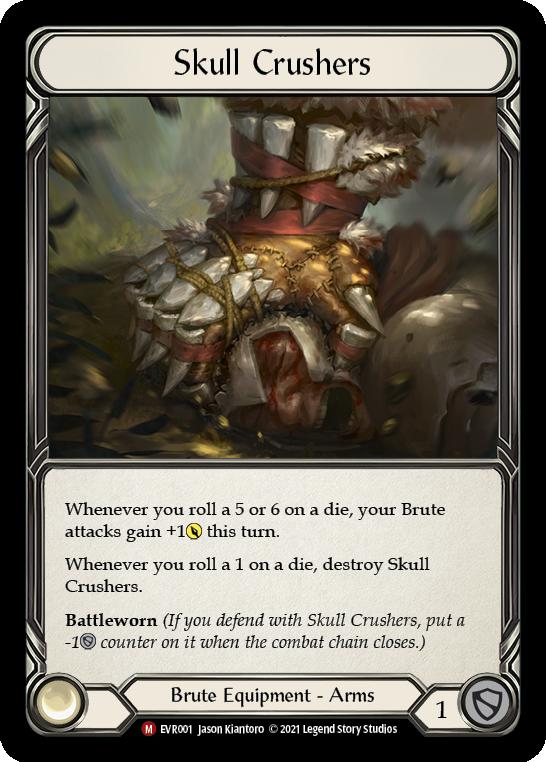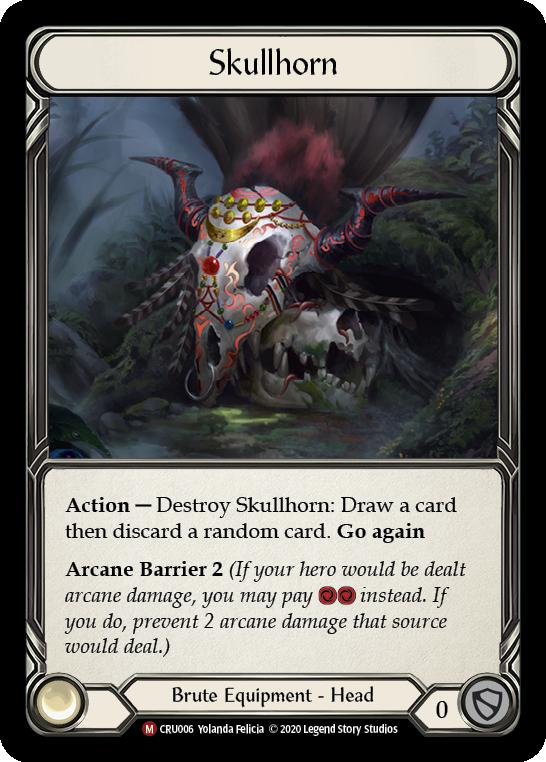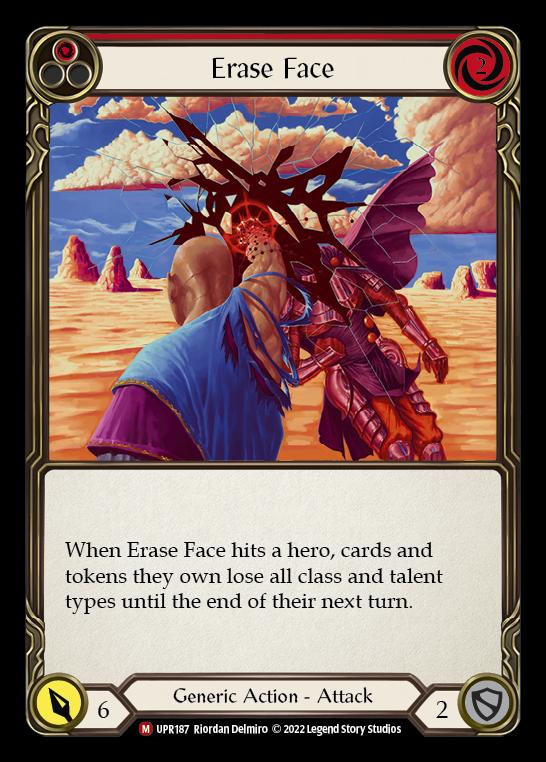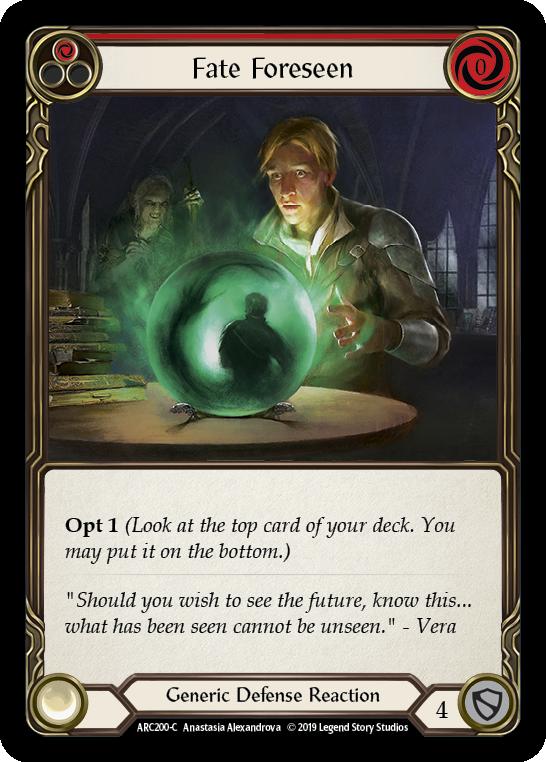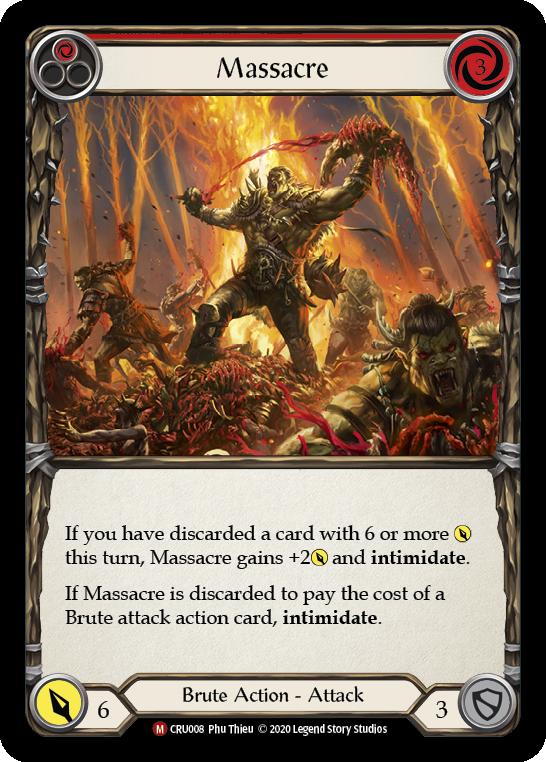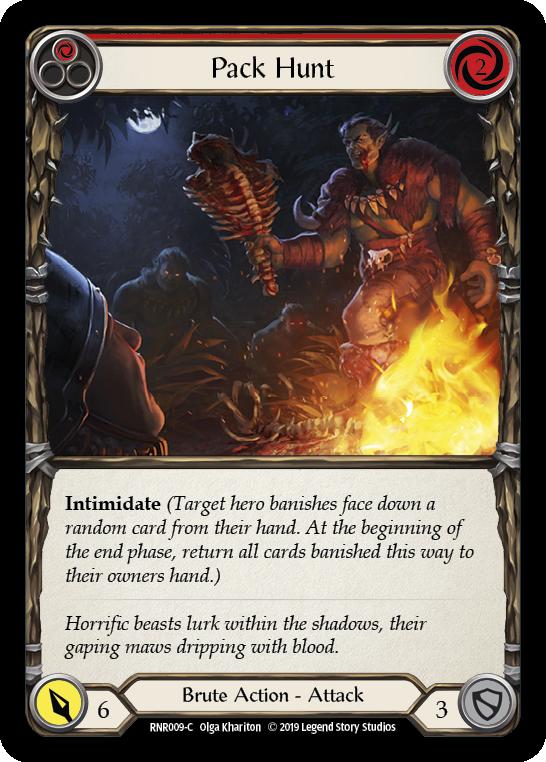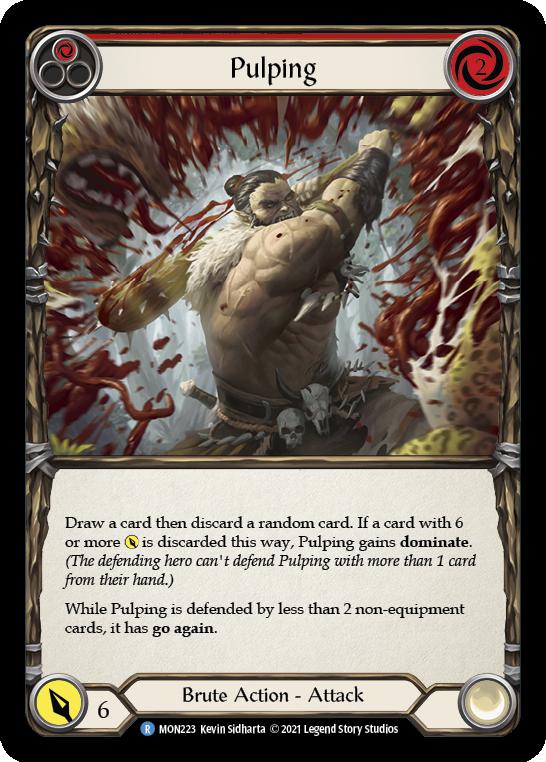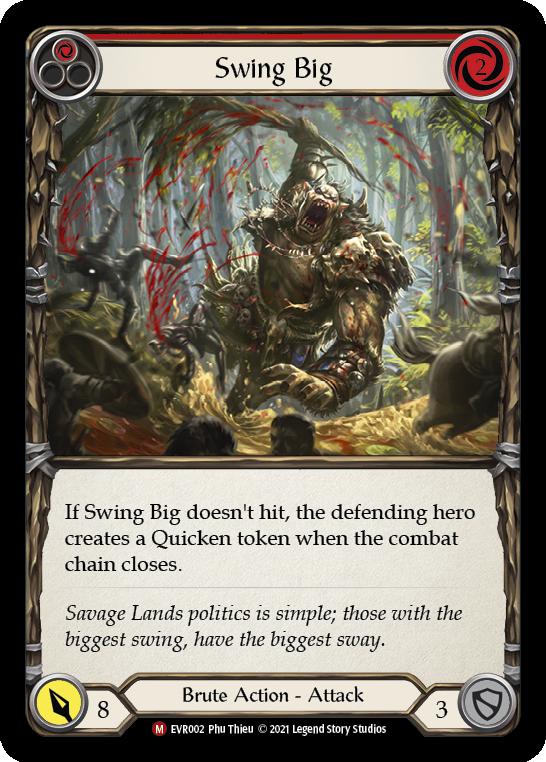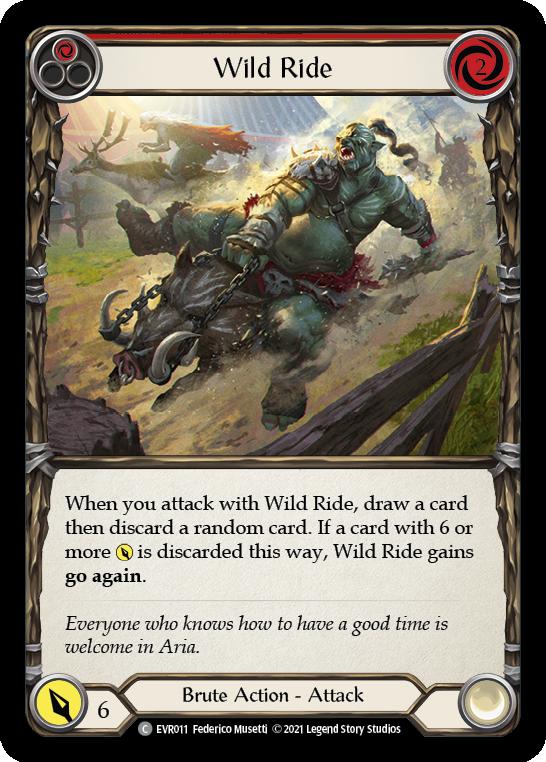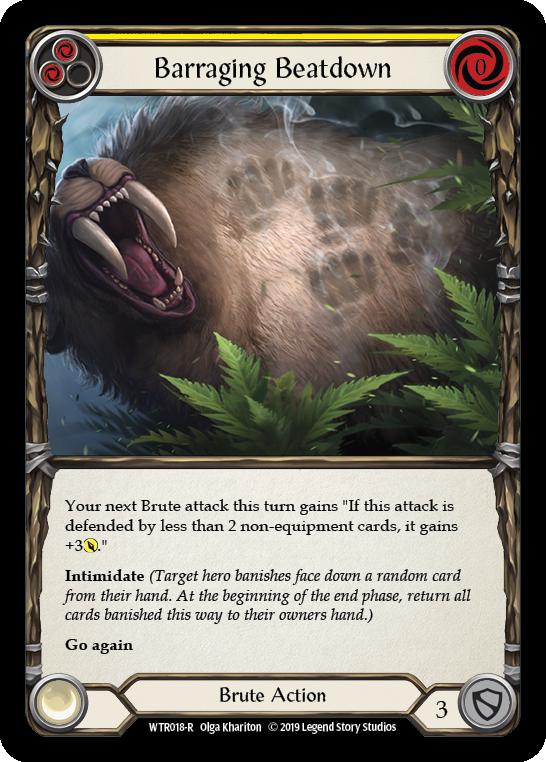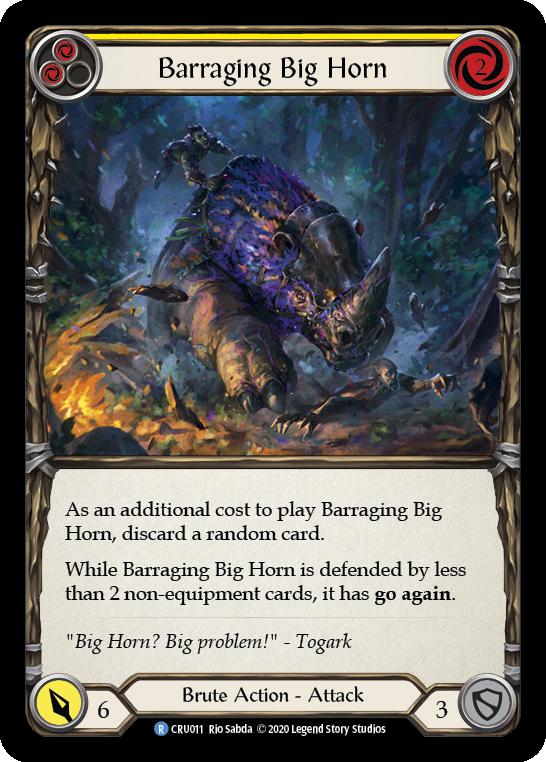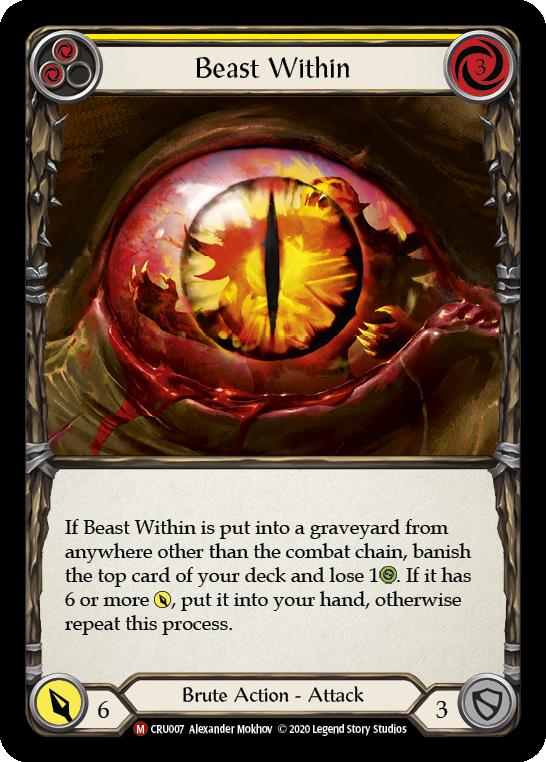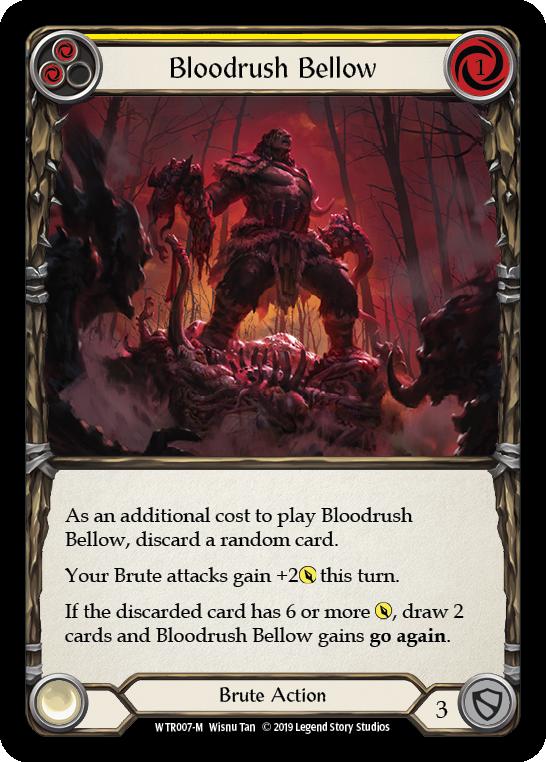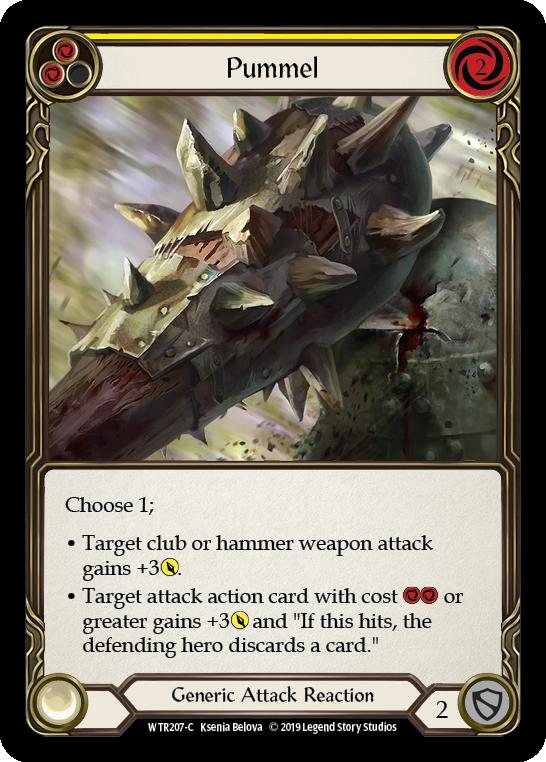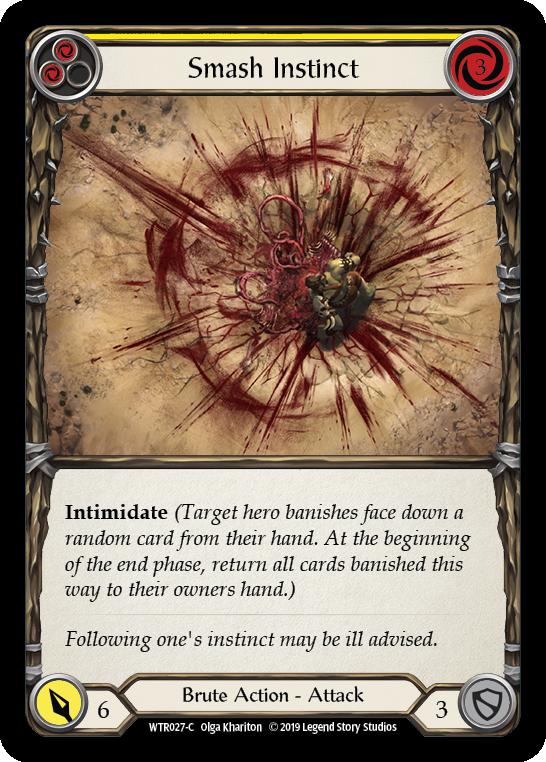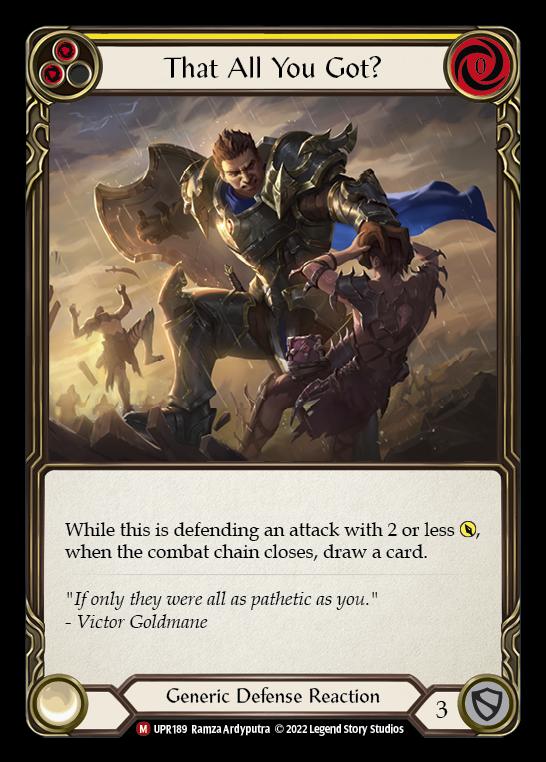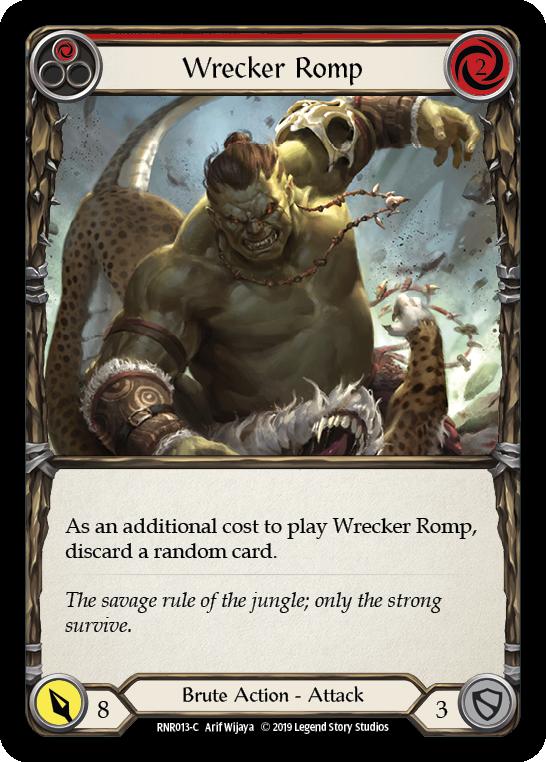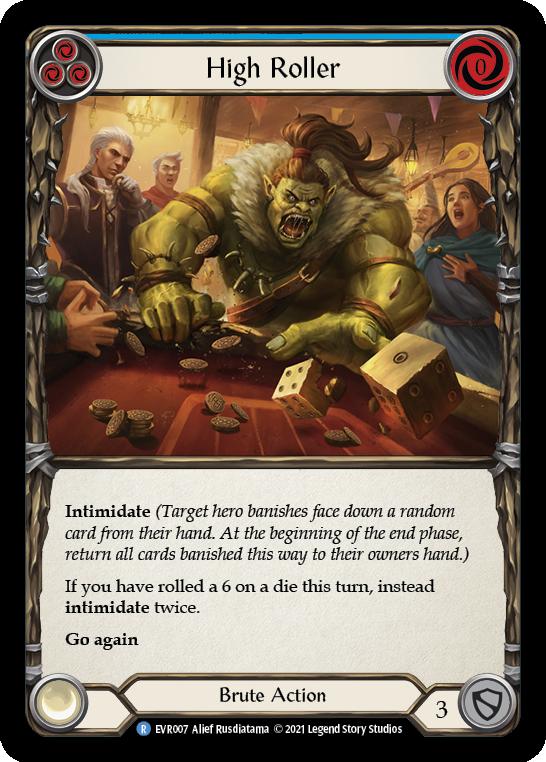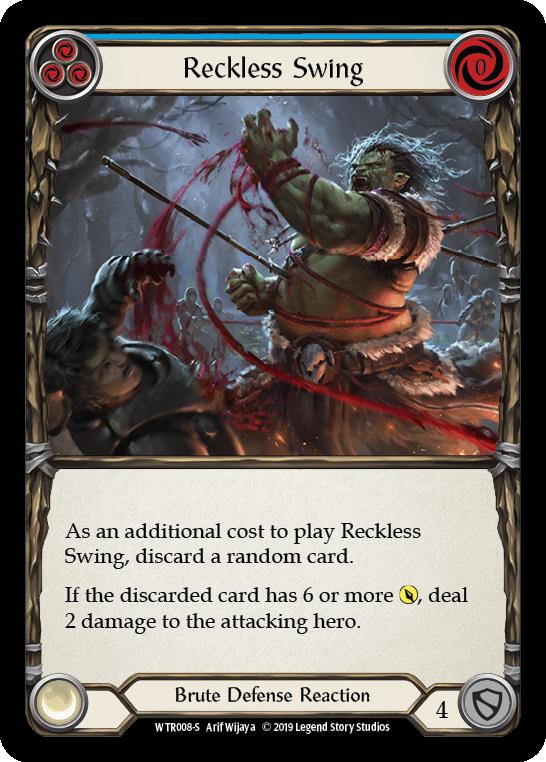Where to Start in Flesh and Blood
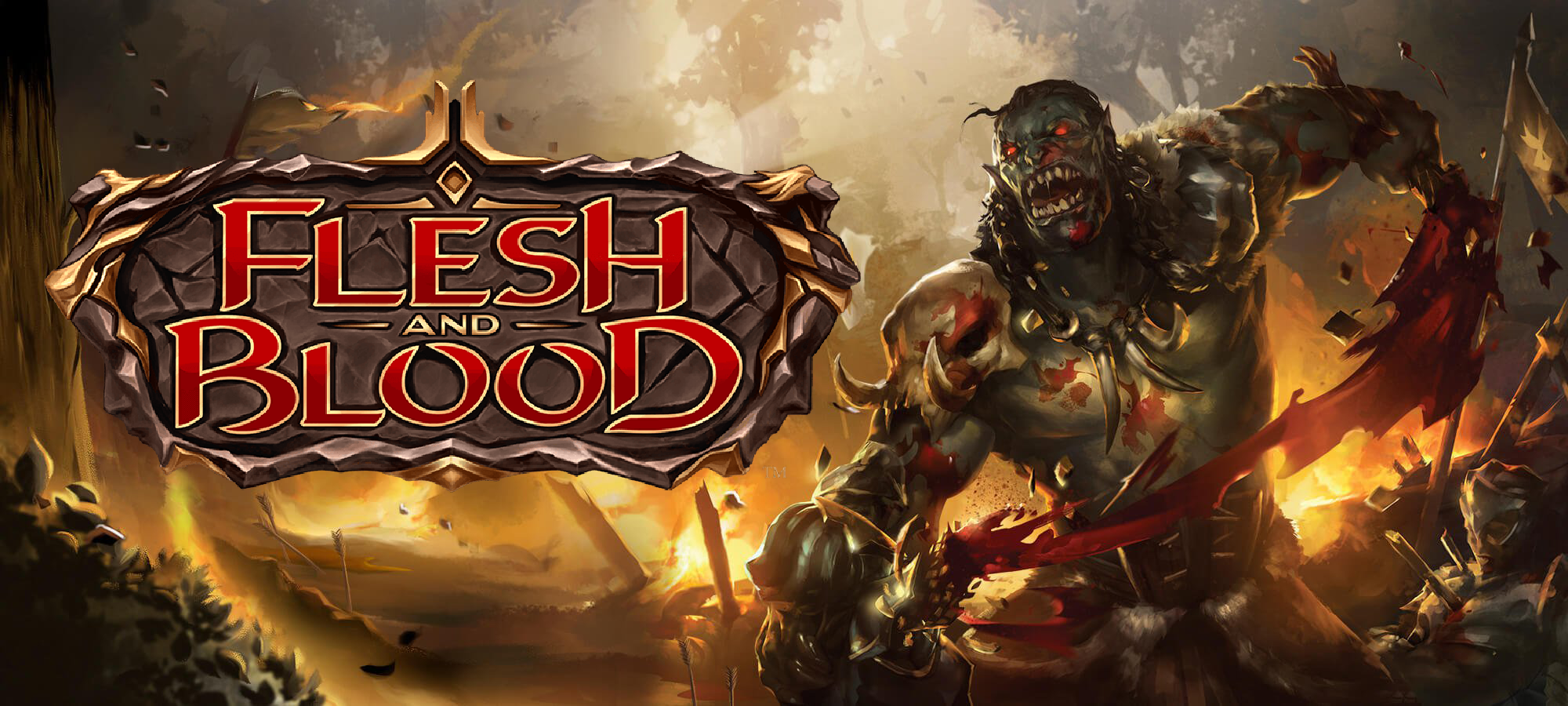
(Rhinar, Reckless Rampage | Art by Adolfo Navarro)
Let’s Get Started
The most common question I get asked by new Flesh and Blood players is, “What deck should I play?” The best place to start is with decks that will help build your core fundamentals to learn how to play the game. My starting point for this is always to recommend trying the original four heroes from Welcome to Rathe, as there was a lot of intentional design with those heroes that teach you core skills through their gameplay loops that you need to know.
Rhinar, Reckless Rampage
Let’s start with my favorite hero for teaching the game, Rhinar, Reckless Rampage, as he is the best hero for teaching you the bedrock skill that you will always need in every deck, which is how to attack, block, and think about turn cycles. In Flesh and Blood, you have to think about the game in turn cycles since you draw a new hand every turn, which leads to a lot of fresh decision-making every turn. In other games where you draw one card every turn, you only have to think about the context of what this one new card means to the rest of your hand and the changes that have happened to the board over the last turn. I frequently see people experience decision paralysis over all of the choices they have to make because, in addition to the new hand every turn, every card in their hand is also a modal card as it can either block, pitch, or attack, meaning you have tons of different ways to use each of your cards.
Rhinar really helps you hone in on how to think about your hand. For instance, “If I want to attack with this card, it costs two resources to play, so I guess I need to keep this blue or yellow in my hand. Oh, it also says I need to discard a six-power card as an additional cost, so I guess I also need to keep this card. I have one more card in my hand, though, and my other attack doesn’t have go again, so there’s no way I can use this. Hmm, I guess I’ll block with it.” This kind of thought process is something you will go through with every deck you play, but Rhinar really helps spell it out for you on how to use your hands, and once you get that down it’ll make other decks you play much easier to think through hands with.
Katsu, the Wanderer
Katsu revolves around the combo mechanic, which requires cards with specific names to have been played in the same chain. More often than not you won’t draw these pieces together, which will force you into a decision on how to play your hand. You could block with the combo card, play it for bad value since you don’t get the combo text, or set it in the arsenal for later and wait to find the other piece. Once you make the choice to arsenal a part of a combo line and you find the other piece of it, the payoff will reinforce the act of setting cards in arsenal for later so you can sculpt specific hands and think about the game beyond a given turn cycle. It’s very easy to get stuck in the trap of thinking about Flesh and Blood on a turn-to-turn basis, but long-term planning is a key part of the game.
The other key concept that Katsu teaches is multiplicative damage, which is the idea that your cards are worth more damage the more of them you have. For example, if I pitch a blue and attack with two Harmonized Kodachis and a Leg Tap red, I convert two of my cards into six damage which is on rate for the value of a card. Now let’s take the same example but add two more cards to your hand; Kodachi for one, Leg Tap for four, Rising Knee Thrust red for five, and Blackout Kick red for seven would be seventeen damage over four cards, which is an average 4.25 per card. Much better than an average of 3 per card, I would say. A common trend is that most aggro decks in the game have this trait, but the trade-off is usually that these decks will be much worse at blocking, so when they have to go on the defensive they lose a ton of value. This can lead you down a trap of learning some bad habits since this will teach you to say “no blocks” most of the time, even when you should be blocking. It’s crucial that you calculate the damage output of your hand to make sure you’re winning the damage trade.
Dorinthea Ironsong
Dorinthea is typically played as an aggro deck, but unlike Katsu she doesn’t gain value through multiplicative scaling. Instead, she gains it through carrying forward resources into future rounds, which is one of the most powerful mechanics in the entire game. Carrying forward resources means keeping something from a previous round of the game, and due to the turn-to-turn nature of the game, this is a rare and powerful effect that can break the balance of the game. Dorinthea does this through the Dawnblade, where she is able to gain plus-one counters on it through her normal gameplay loop of dealing damage with it twice in a turn. Once she gets a few counters on her Dawnblade, the game can snowball very quickly as it becomes difficult to block out the weapon. Do this once and you’ll understand the power of carrying forward resources.
Bravo, Showstopper
Giving dominate to your crush effects is the name of the game for Bravo, and he’s at his best when you can string together multiple turns of big attacks with debilitating impact on the opponent. This teaches you the value of blocking on hit effects and how to properly do so. Any time you choose to take damage to throw a big attack or take even more damage so you can dominate the attack, it can feel very rewarding when it shuts down your opponent, but if the attack gets blocked out, it can feel like a blow-out, especially if they’re able to block it and come back at you with a reasonable hand. Previously with the other heroes we’ve looked at so far, on-hit effects have all pretty much taken the form of more damage, such as Dawnblade getting a second attack. In the case of Bravo though, all of your on-hit effects take the form of disrupting your opponent, and there’s generally a trade-off of less damage per card used since the value of the card is in its on hit effect. This should get you thinking about if the cards you want to play are worth taking damage to play instead of just blocking with those same cards. Though it can be hard to resist the happy brain chemicals you get from windmill slamming a Crippling Crush red, sometimes that’s not always the best use of your cards. Attacking and blocking is one of, if not the, most important core skills of Flesh and Blood, as you will be doing it every turn of every game, so this is one of the biggest fundamental skills you need to learn.
Lastly, there is something that all four heroes have in common: evasive damage that’s difficult to defend against, such as attack reactions or unblockable damage. Rhinar gets this through intimidate, Bravo with dominate, Katsu with Kodachis. And while all three will use attack reactions, Dorinthea exemplifies this the most. Each of these heroes will show you different ways to take advantage of evasive damage. Rhinar consists of mostly raw damage, so making your damage unblockable isn’t always the most impactful. The one thing that his style of evasion will teach you though is life thresholds, where a player can die with little to no counter play if they go too low. For example, if they go below ten life and you’re able to intimidate your opponent’s entire hand and swing for lethal damage, then it doesn’t matter that you didn’t have an on-hit effect, you won the game. And this lesson will carry over to the other heroes too.
A good example of this is in Katsu, which we typically like to refer to as “Kodachi locking”. This is when you get your opponent to one or two life and they have to start blocking each Kodachi with a full card. Understanding life thresholds is a very important part of understanding how to close out games, since you can put yourself in a spot where you can get your opponent low and use one of these forms of evasion to deal the finishing blow without your opponent being able to stop you. Evasion can also be important for forcing through valuable on hit effects, which Bravo does through dominate, and all the heroes are able to do with attack reactions. All of this adds an extra layer of depth to attacking and blocking which is what makes combat so deep and interesting in this game.
I sincerely hope that this was helpful to you on your journey exploring the world of Rathe. Flesh and Blood is a deep and intricate game, so starting with the fundamentals and building a solid foundation is one of the best things you can do. Below are some lists for these decks to try out as well. Thank you for reading, until next time.
____________________________
" Katsu PT Team Poland w/ Pheano Black"
_______________________________
" Calling: Auckland 5th"
__________________________________
" Battle Hardened: Charlotte"
_____________________________
" Malaysia National Championship 1st"
Further reading:
Flesh and Blood’s Living Legend System, and the Power of Storytelling
